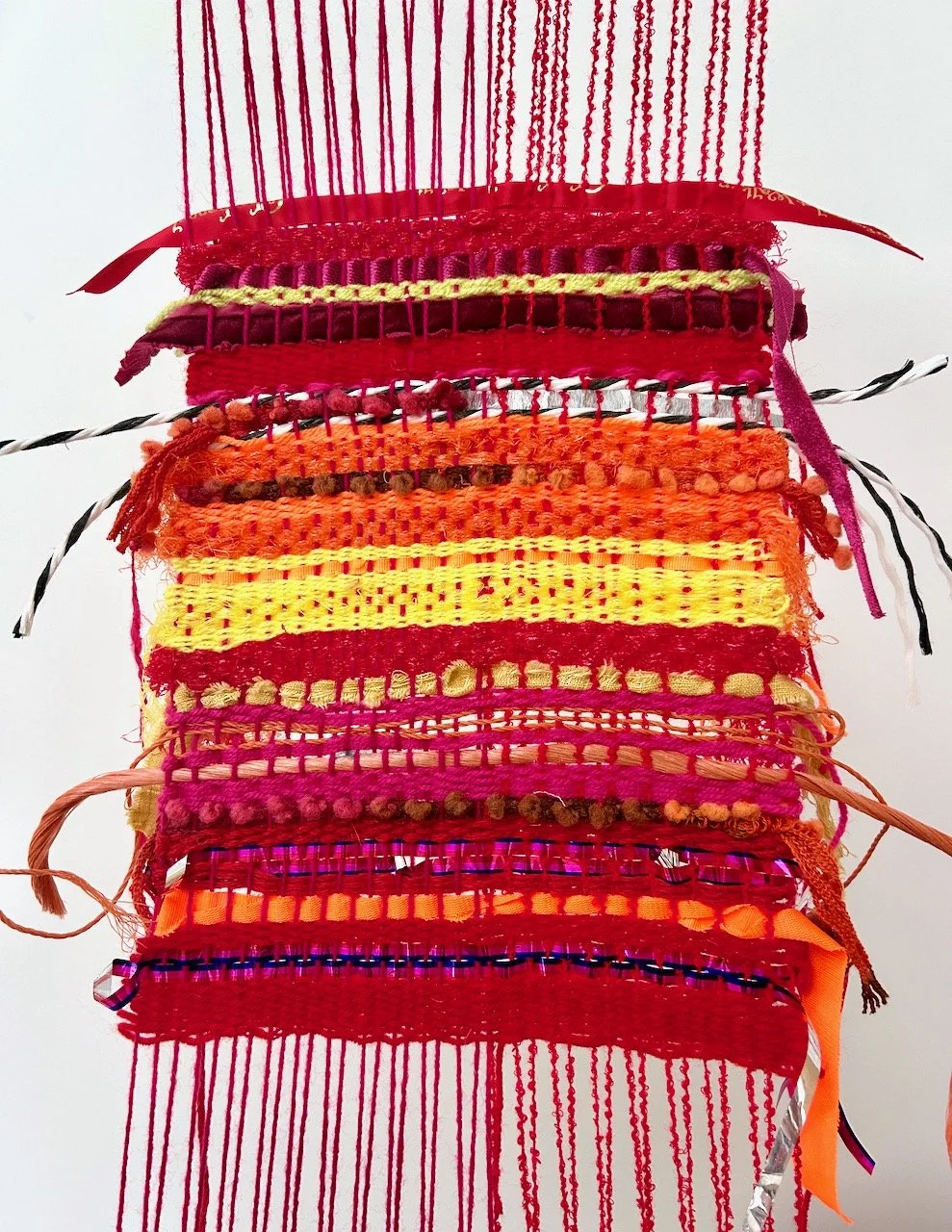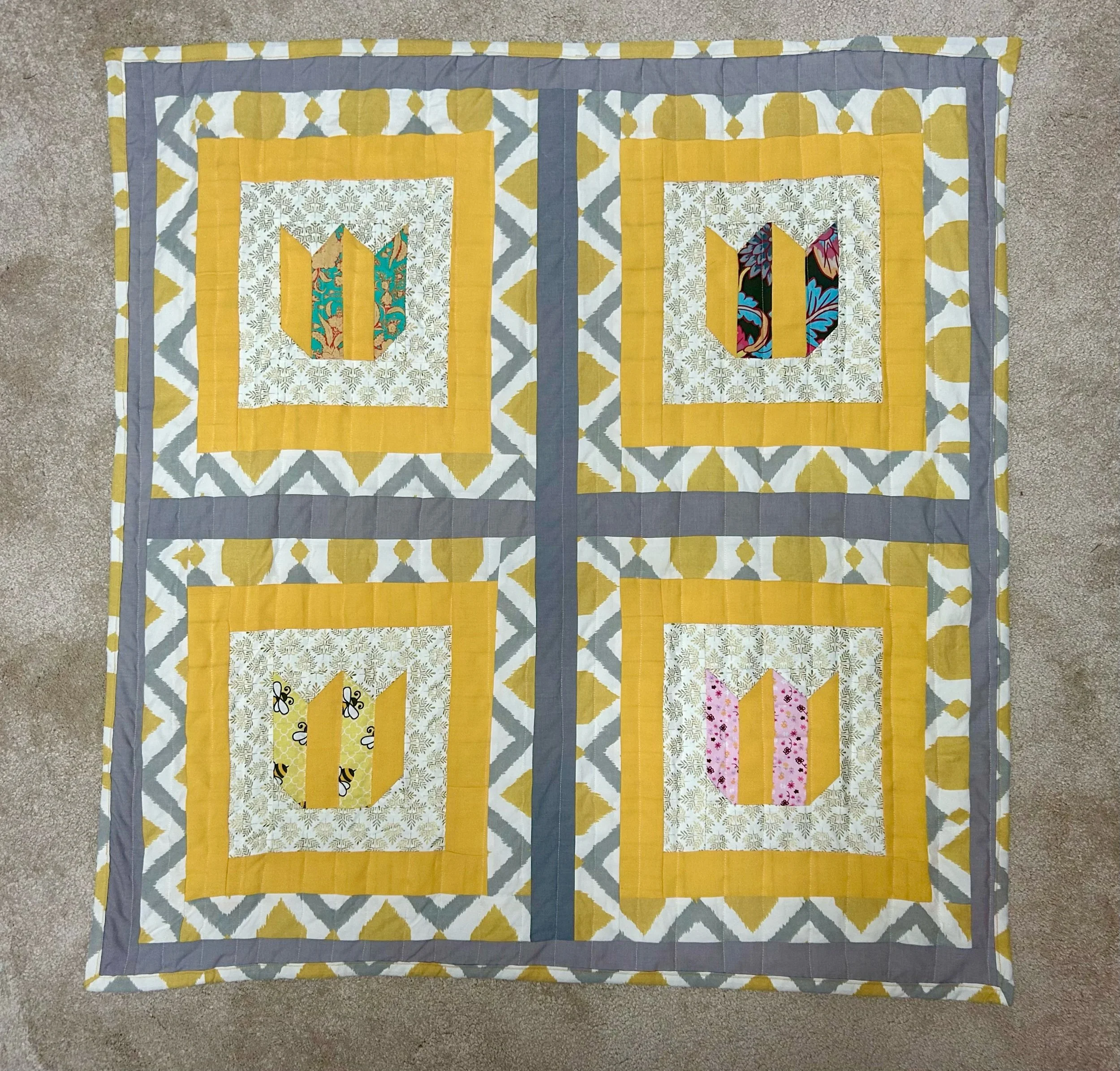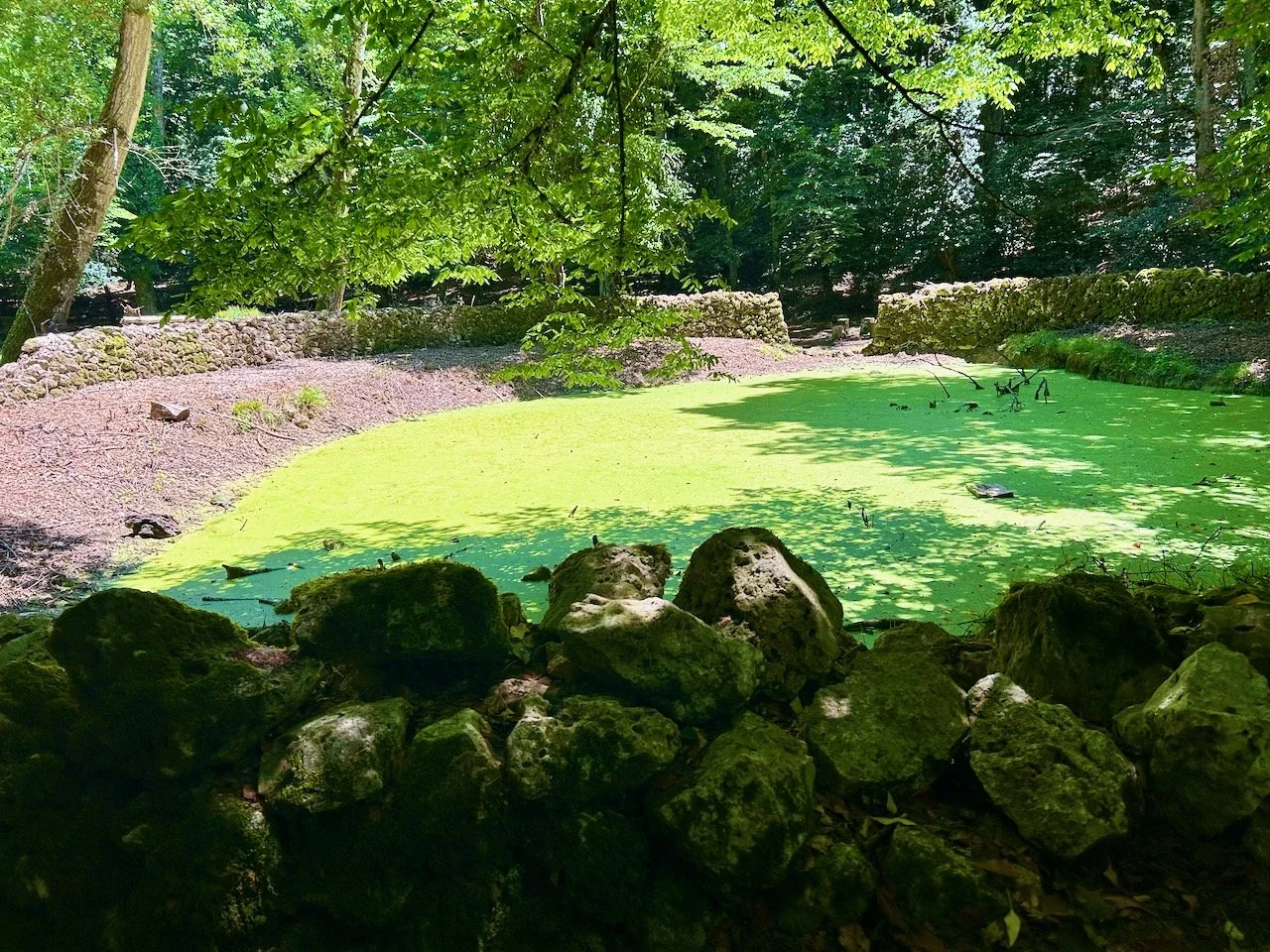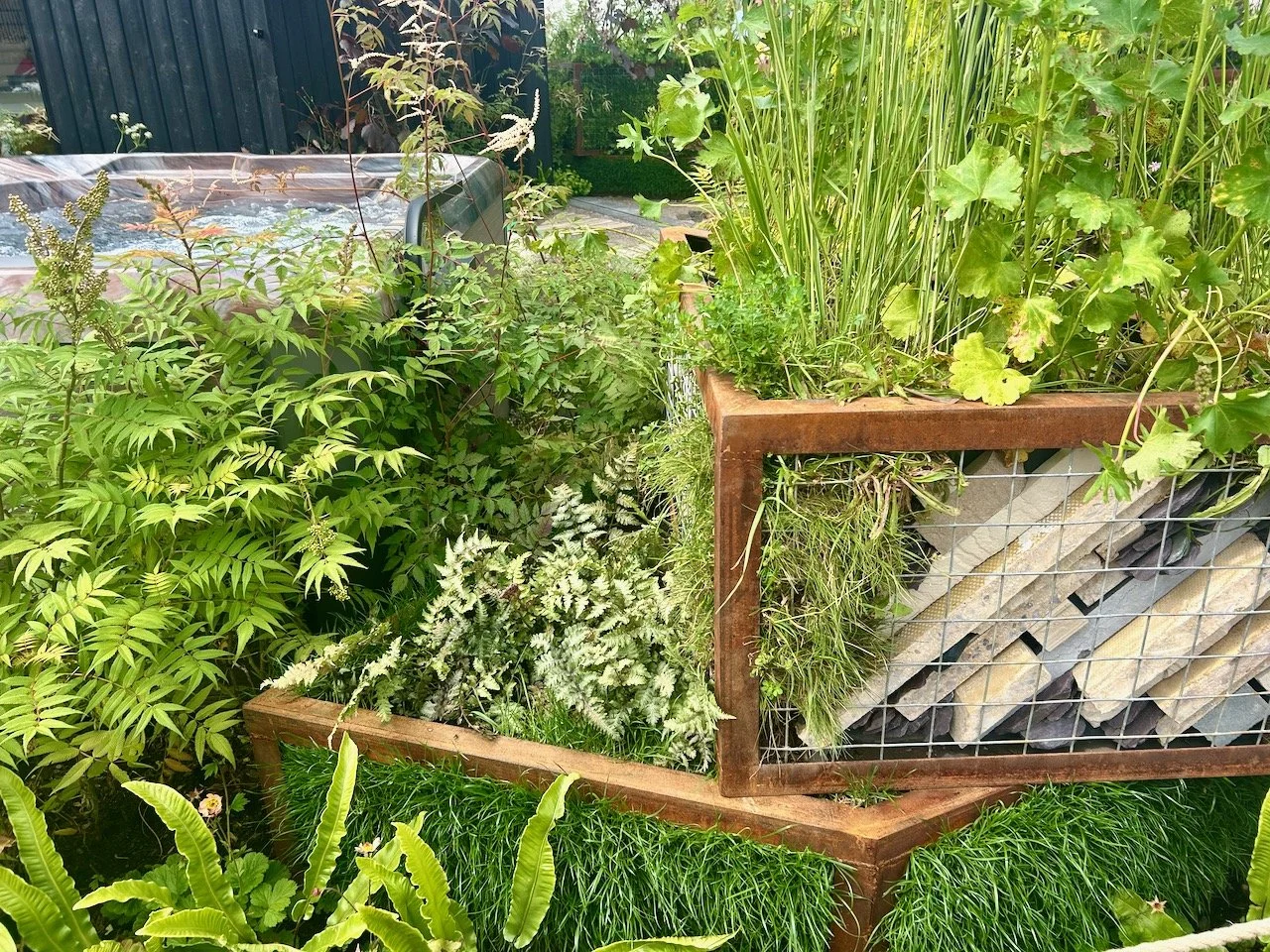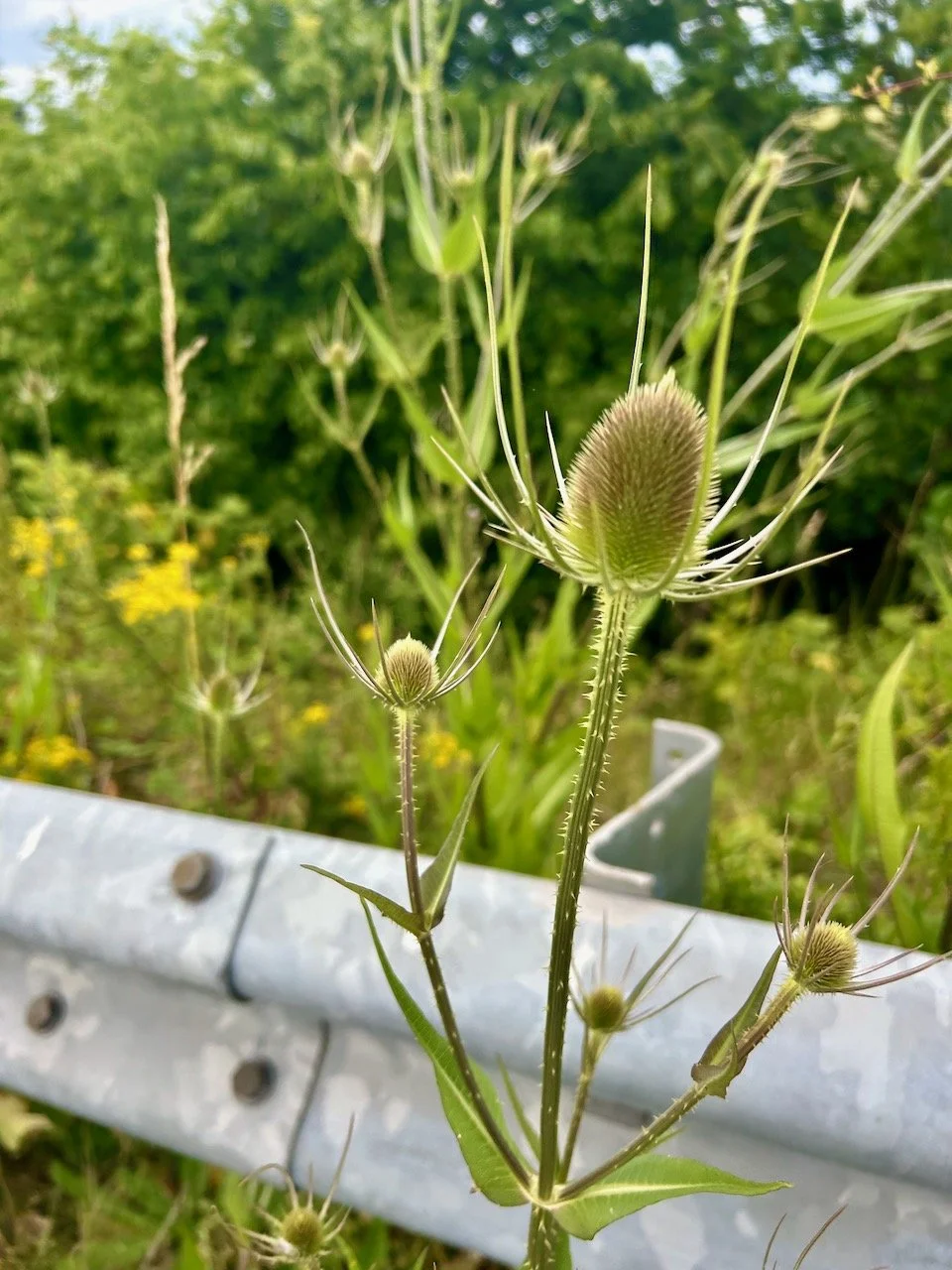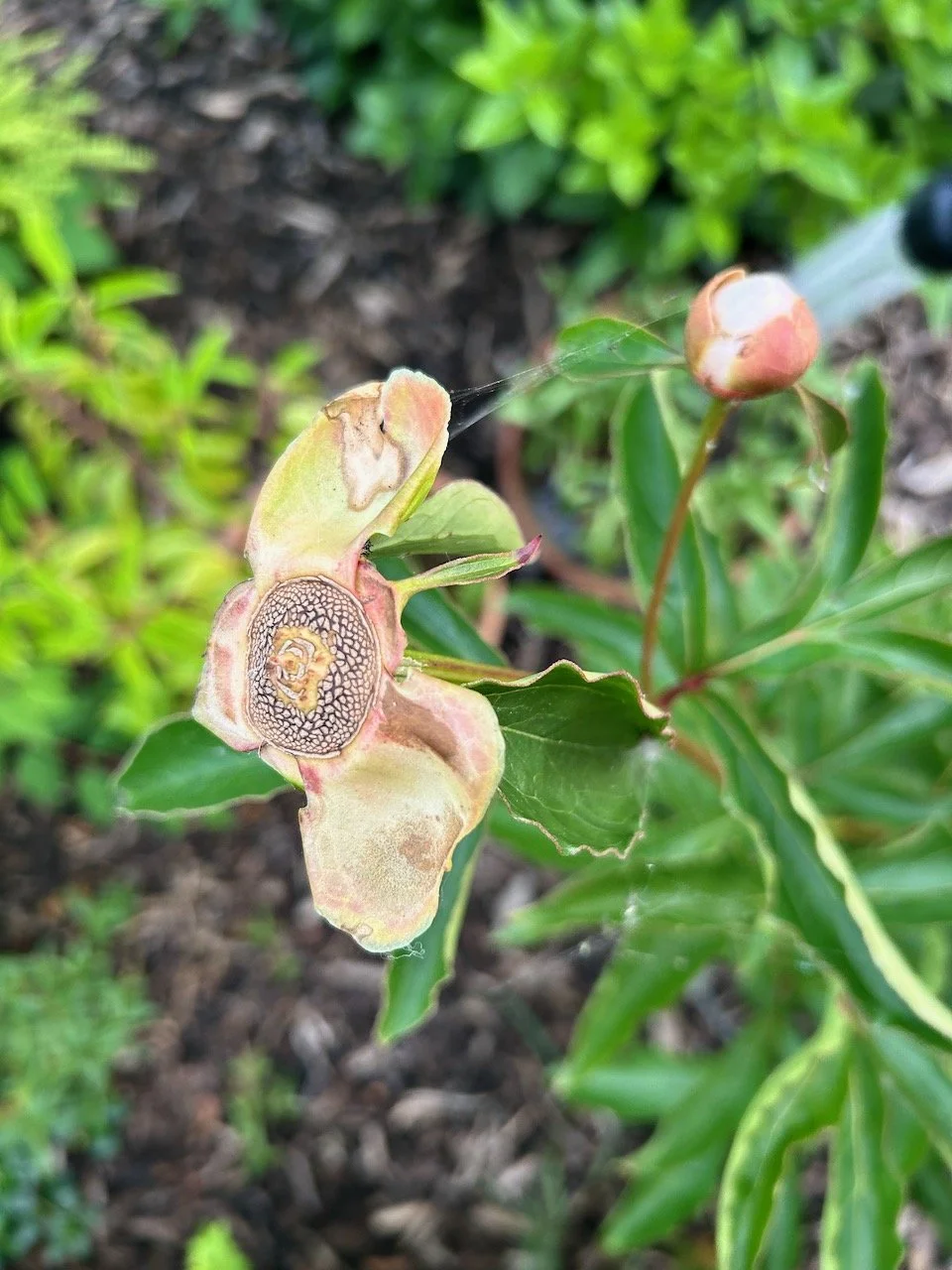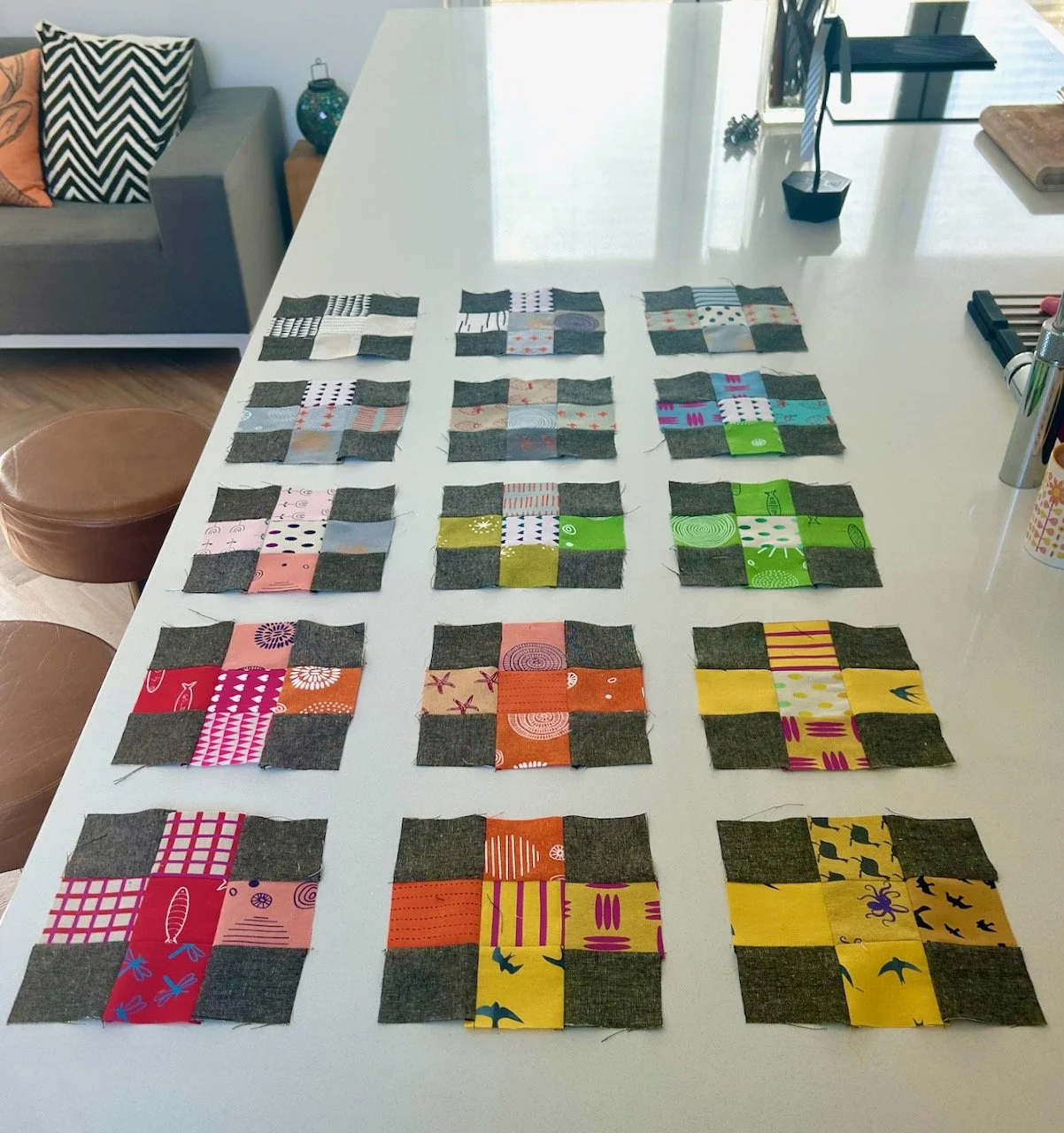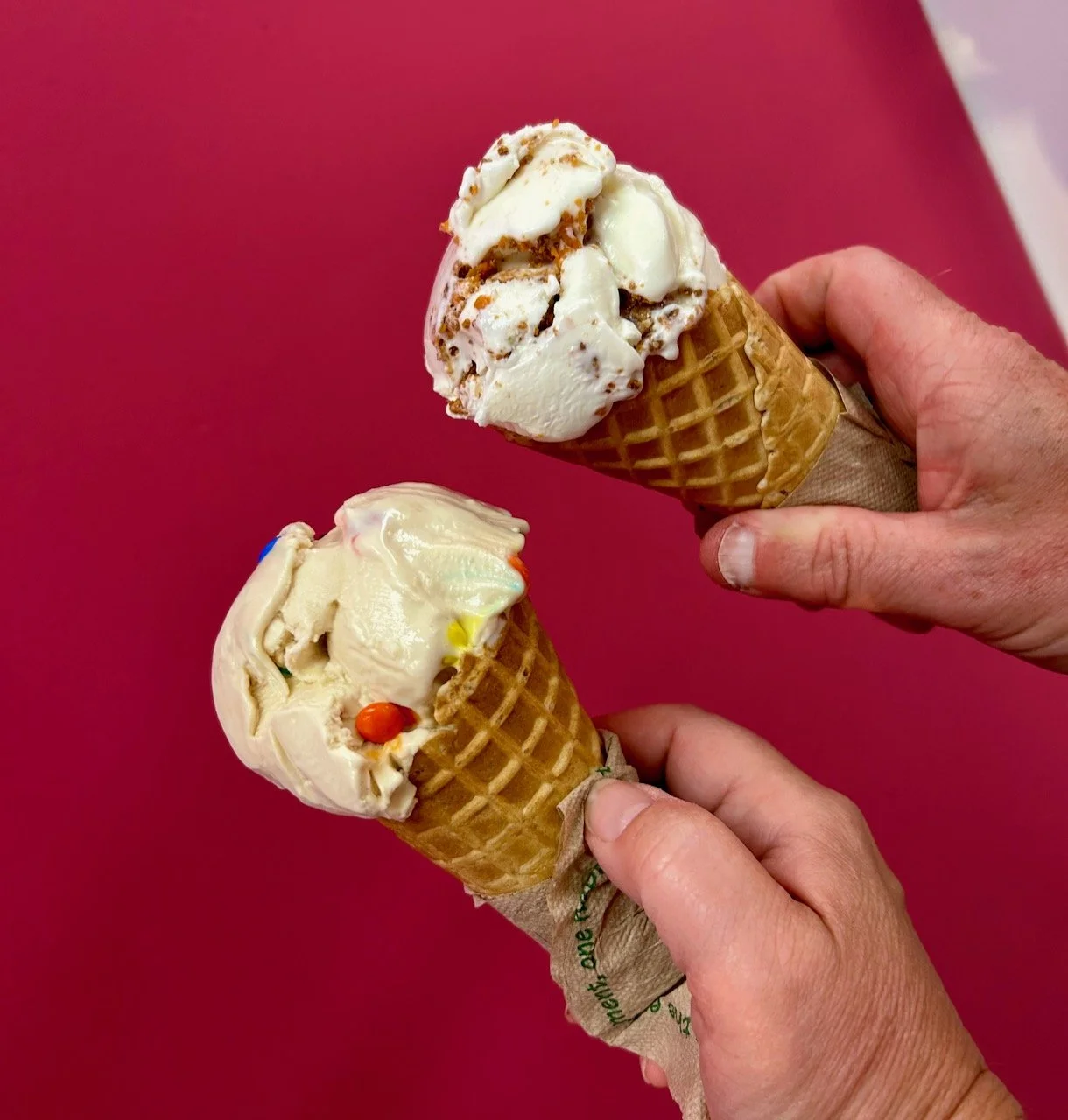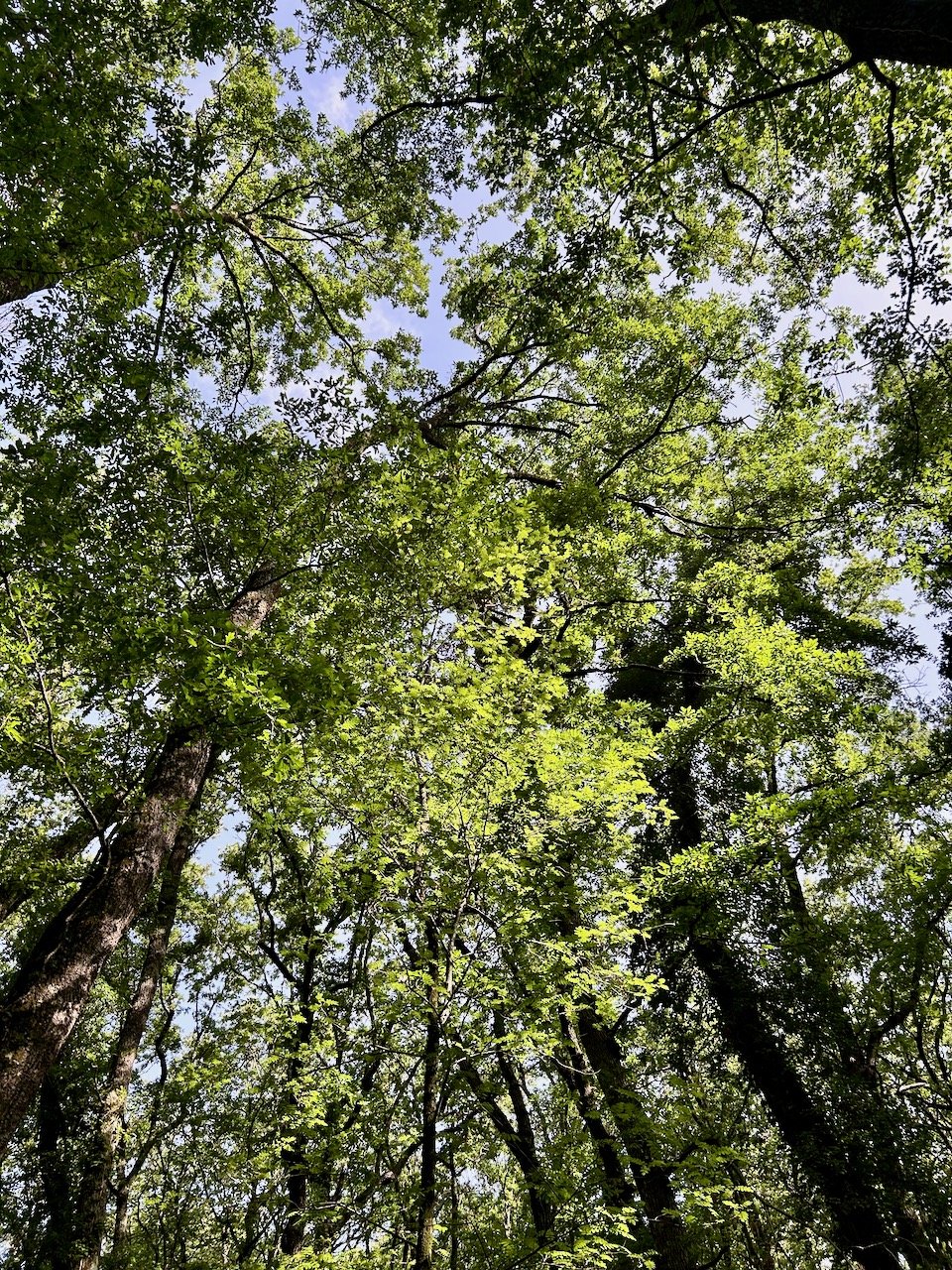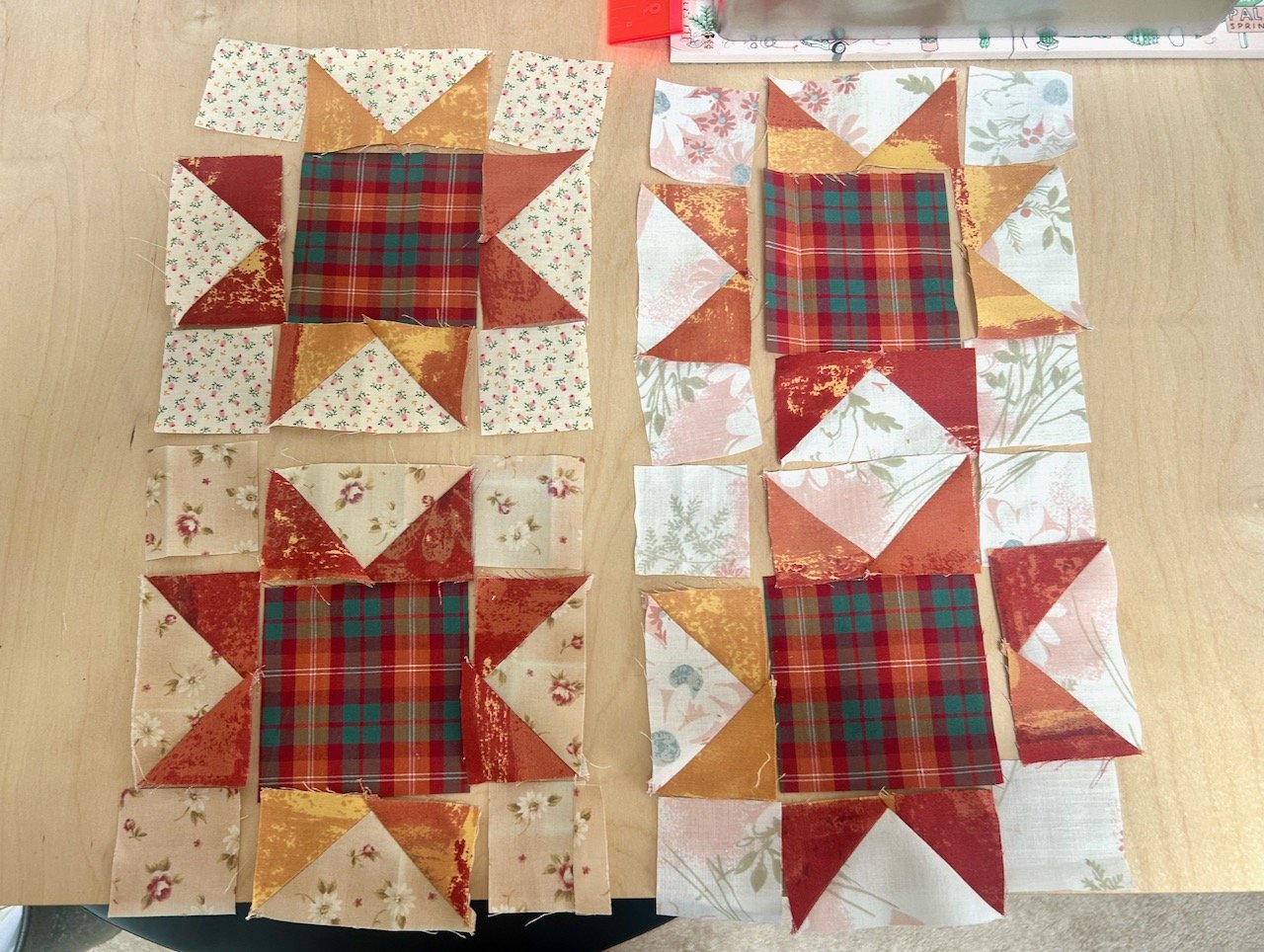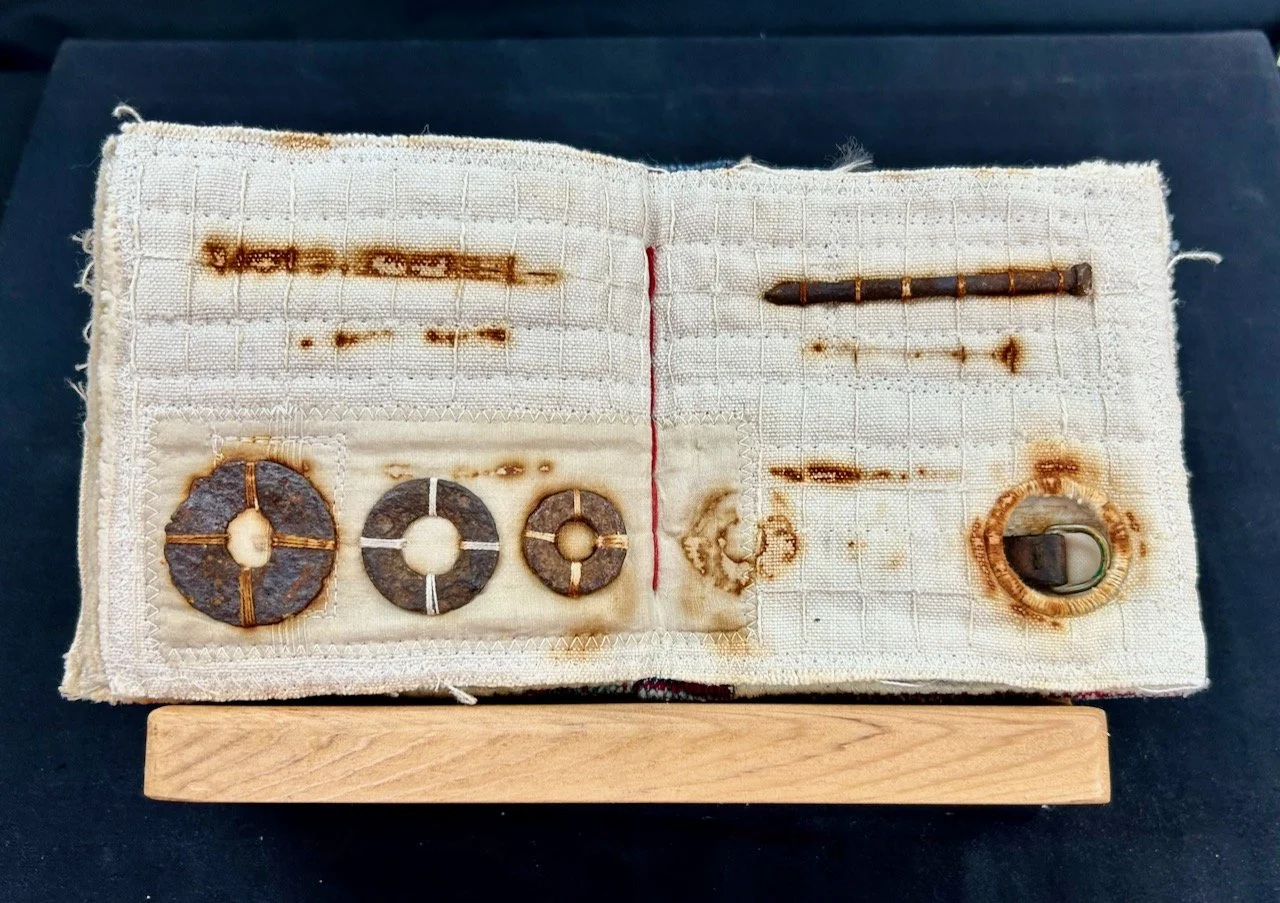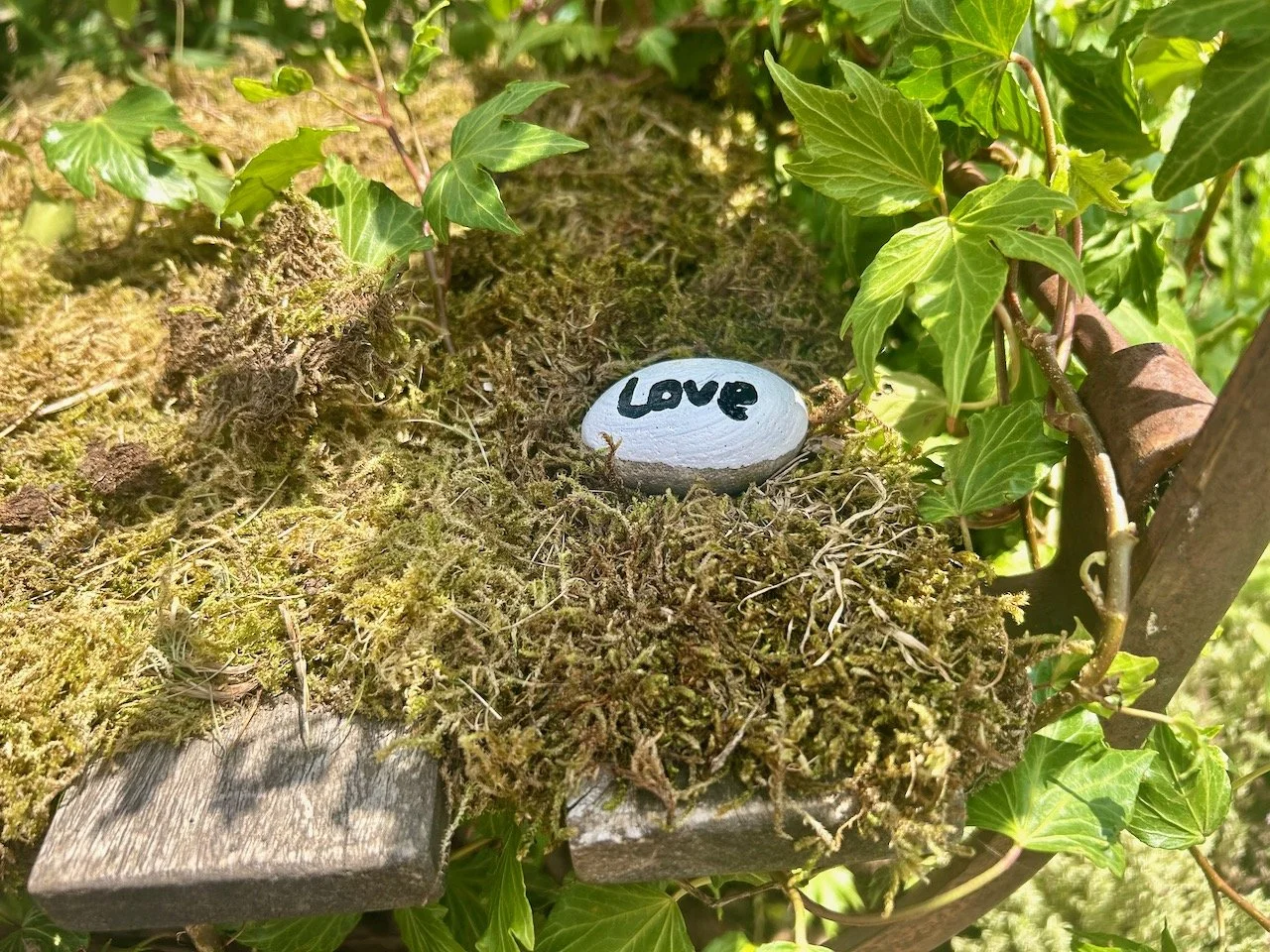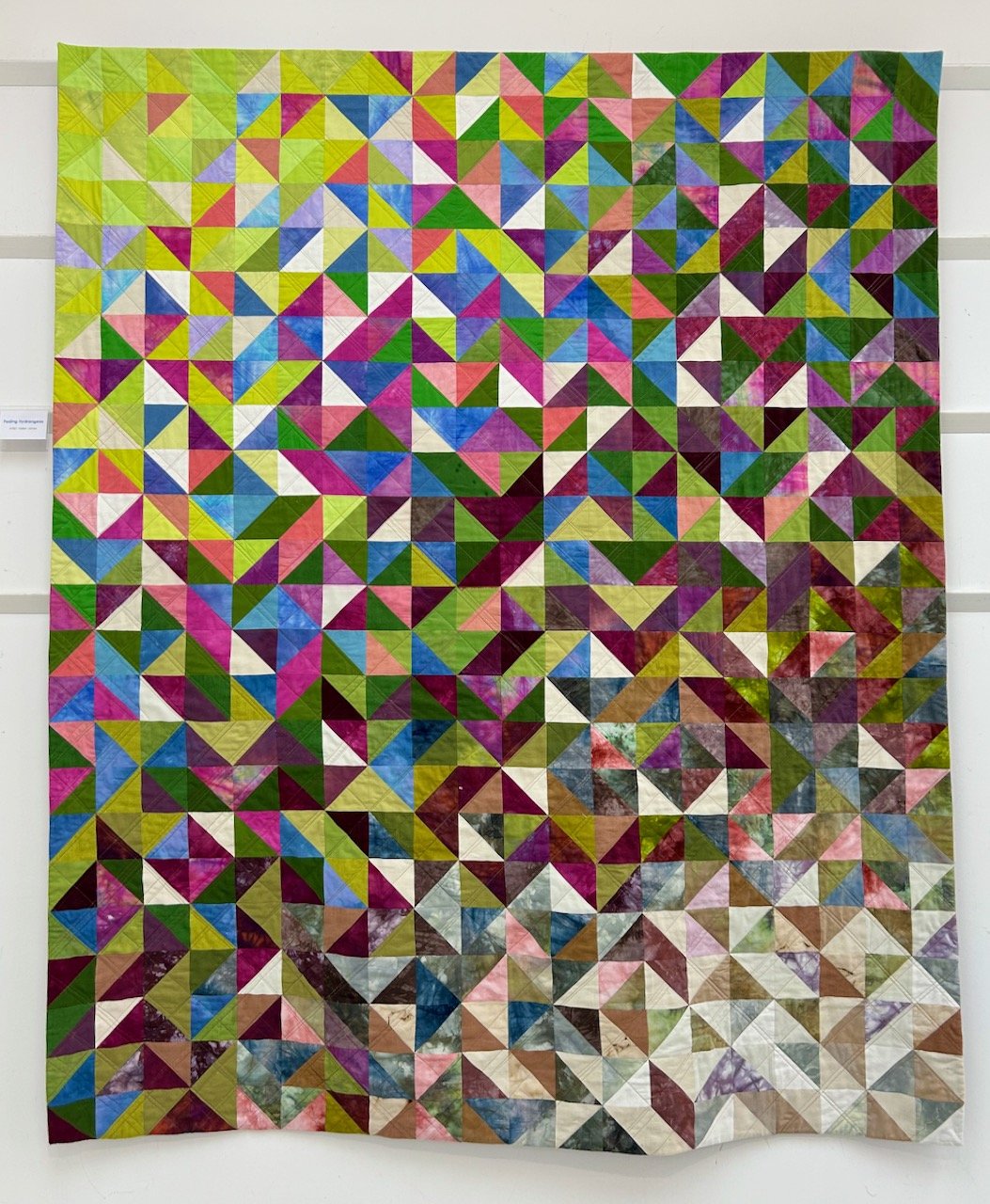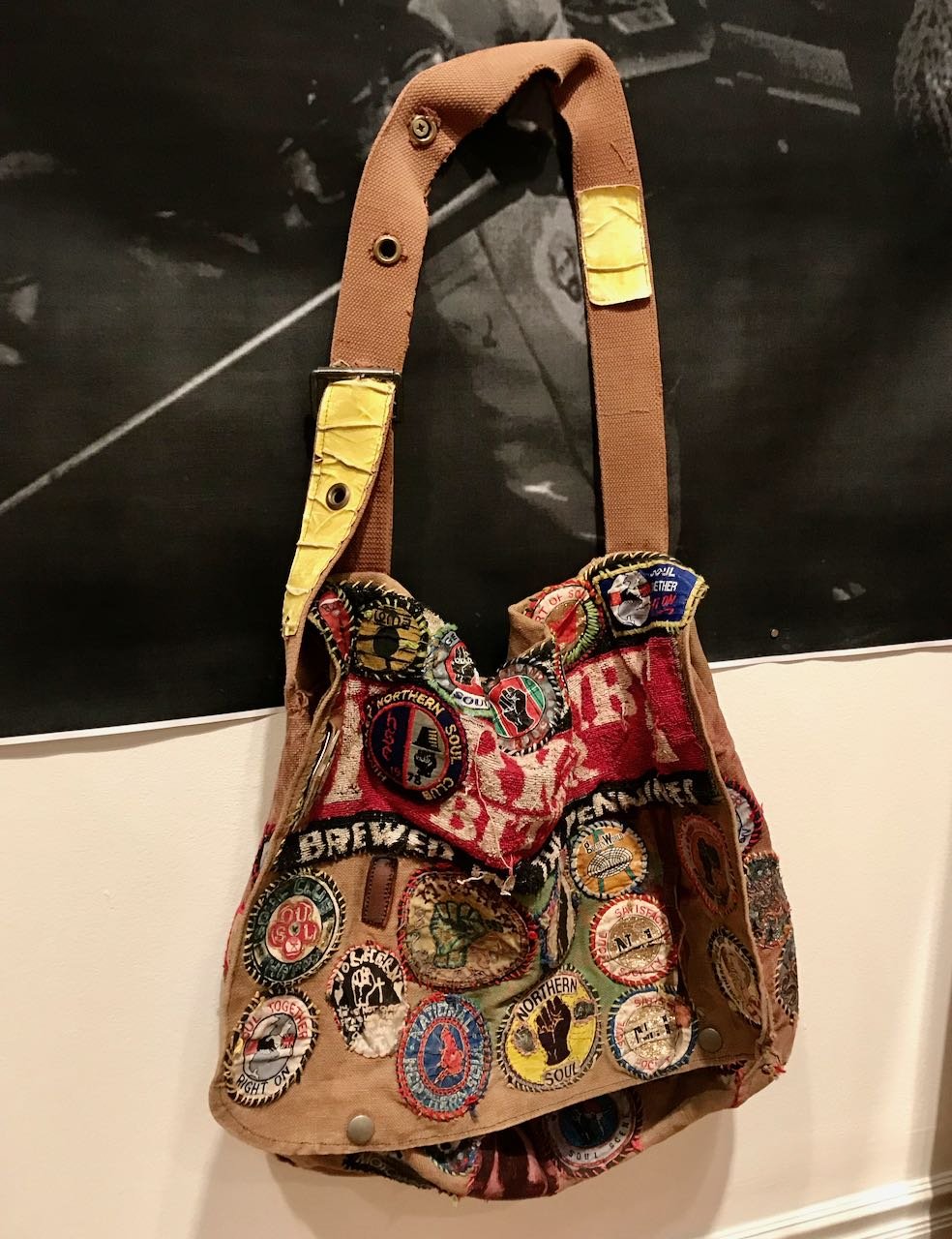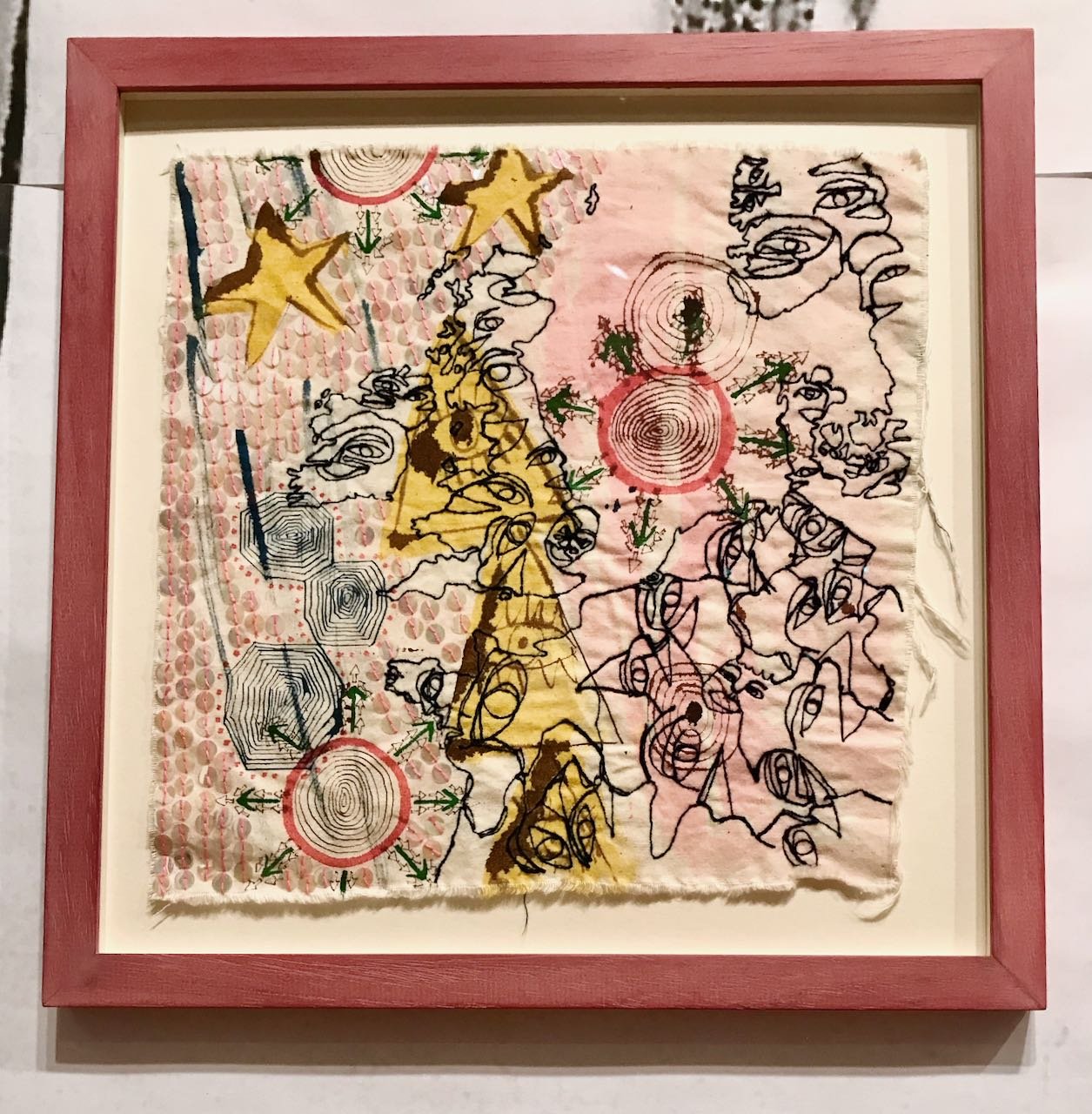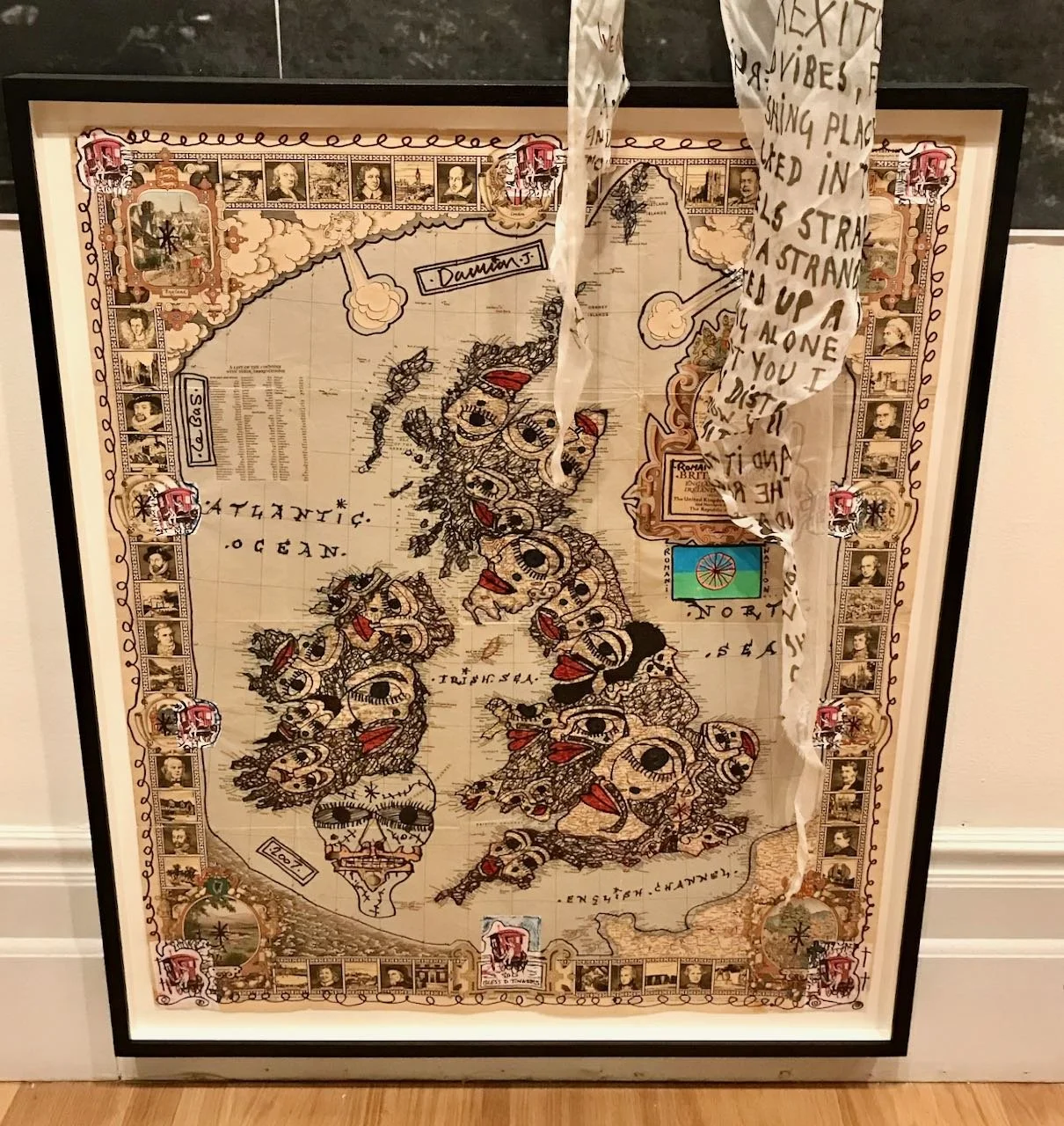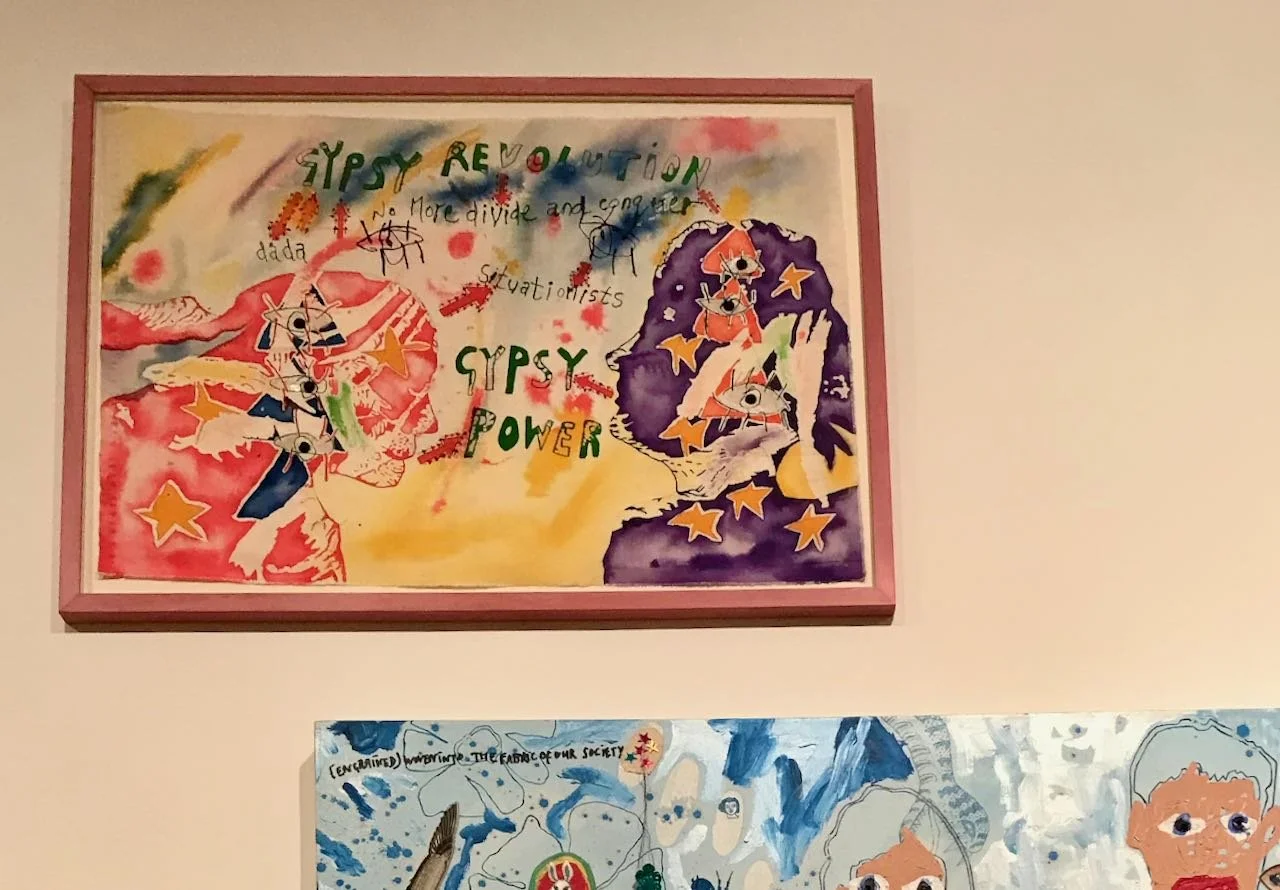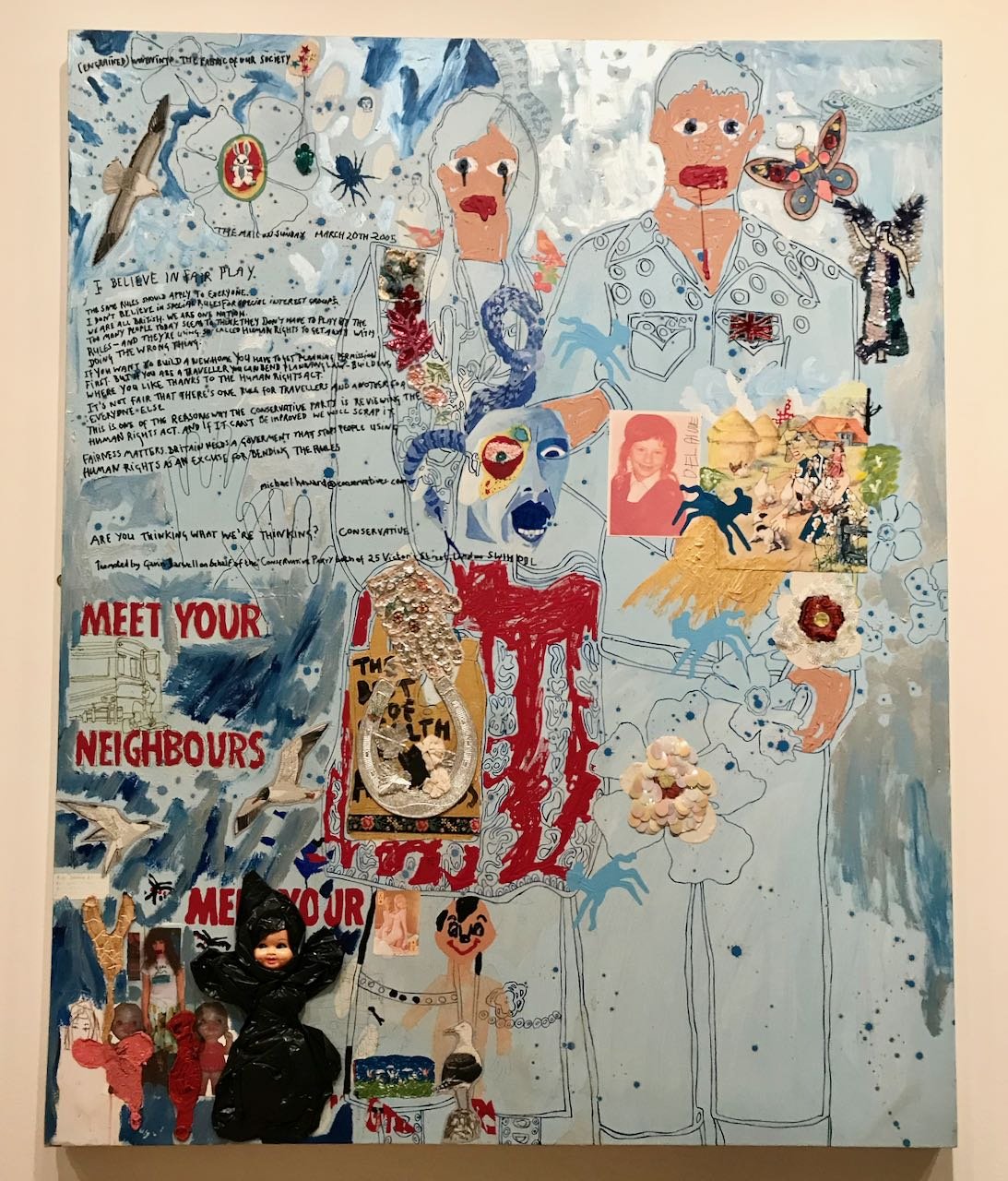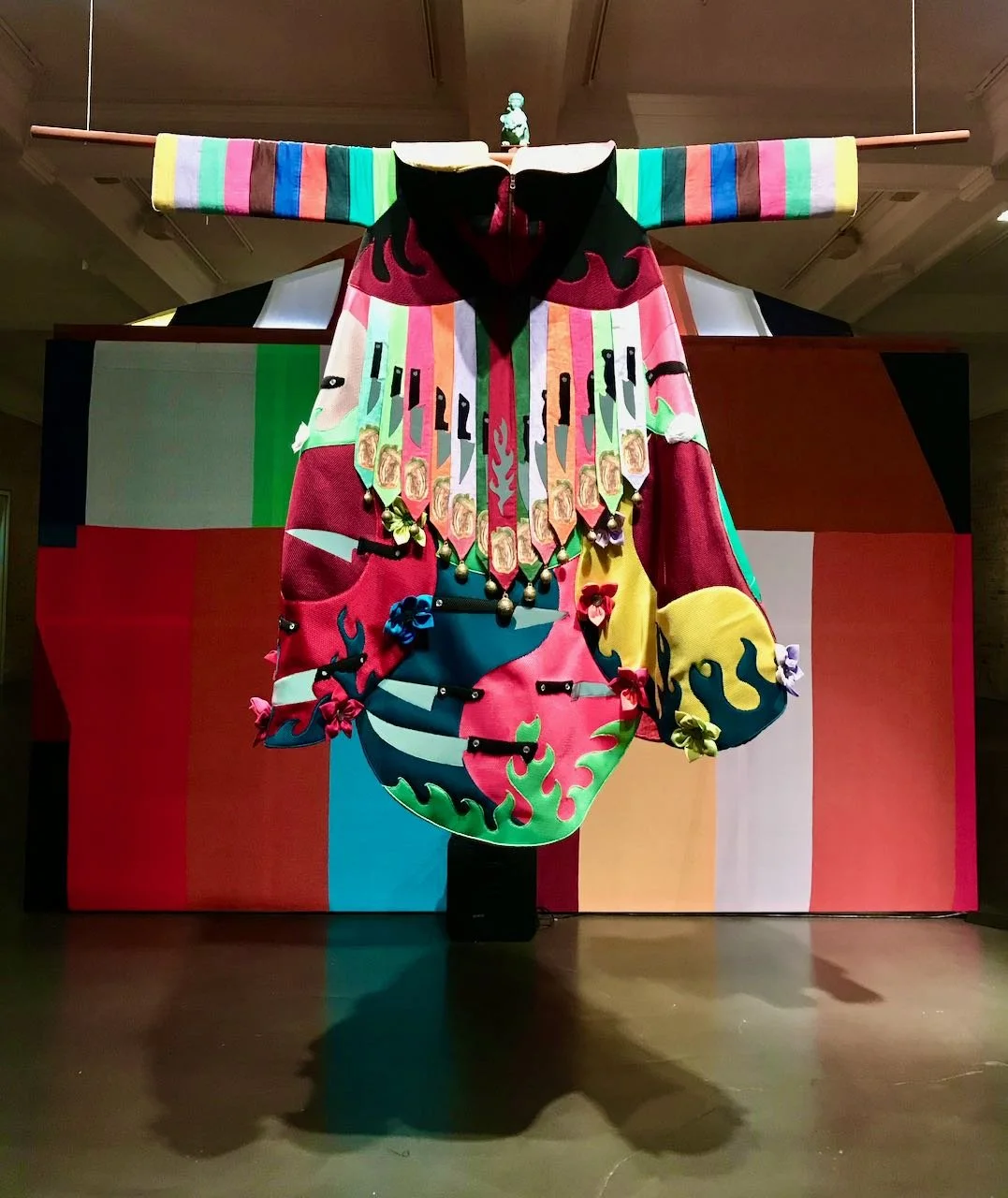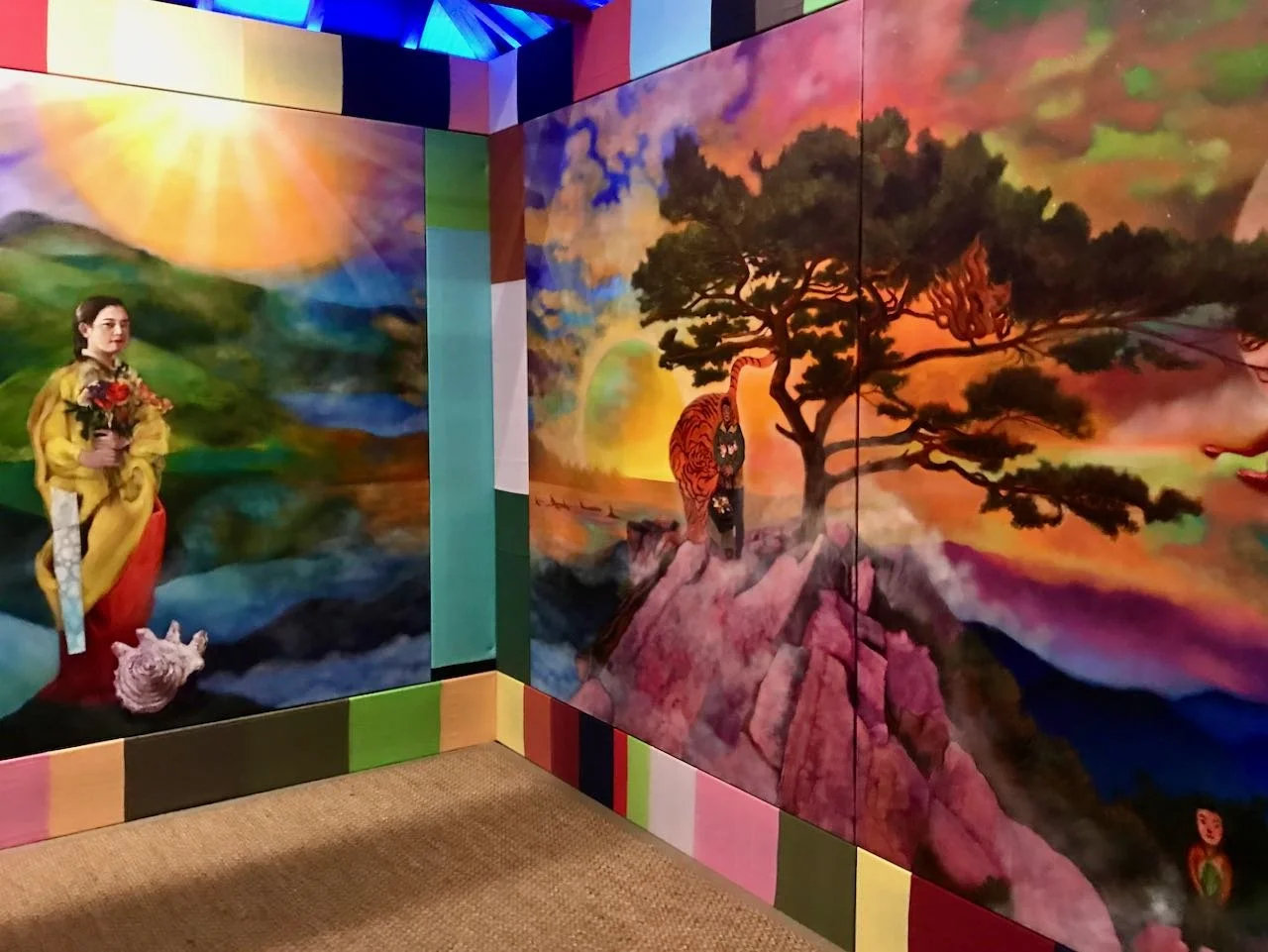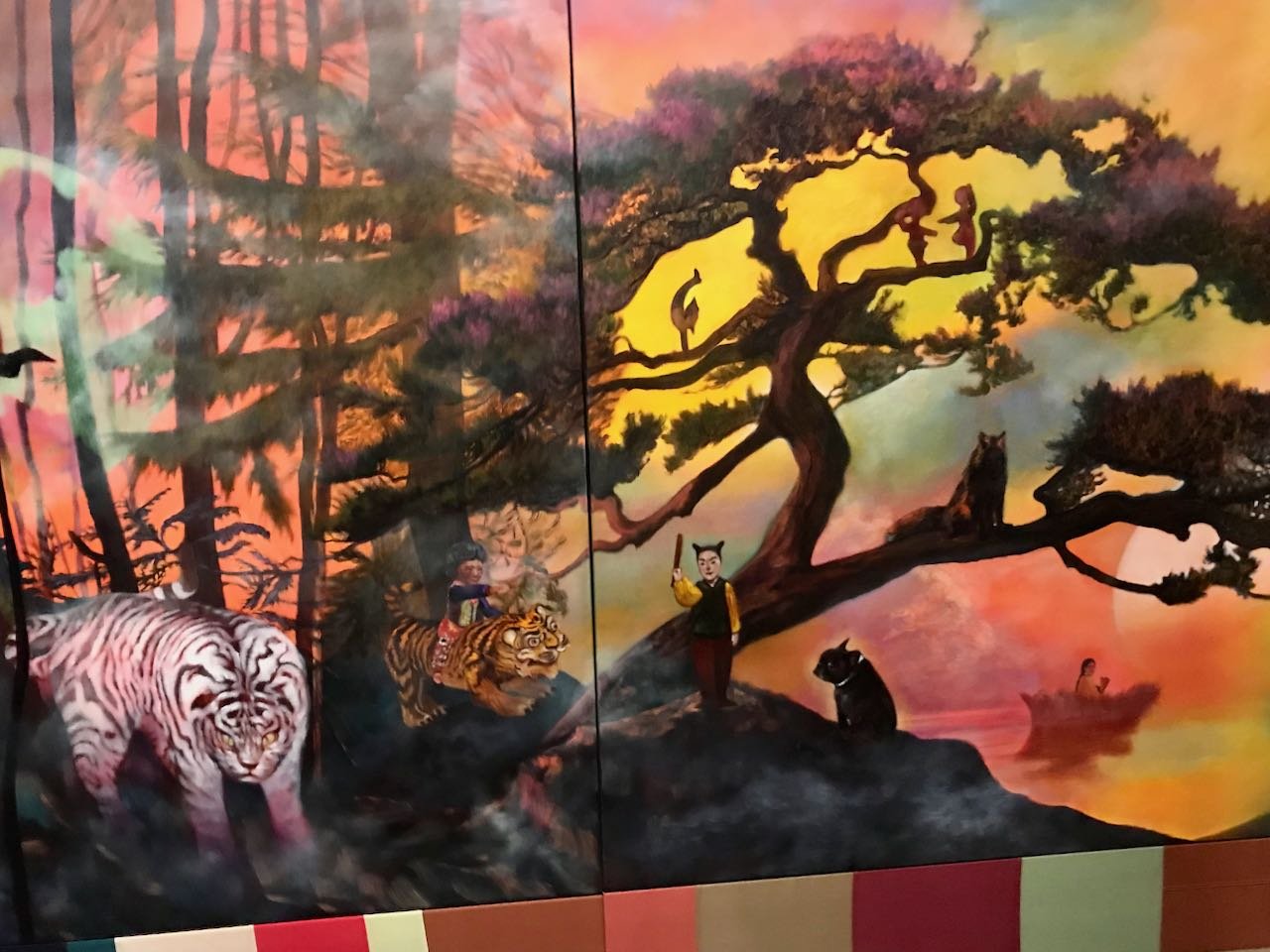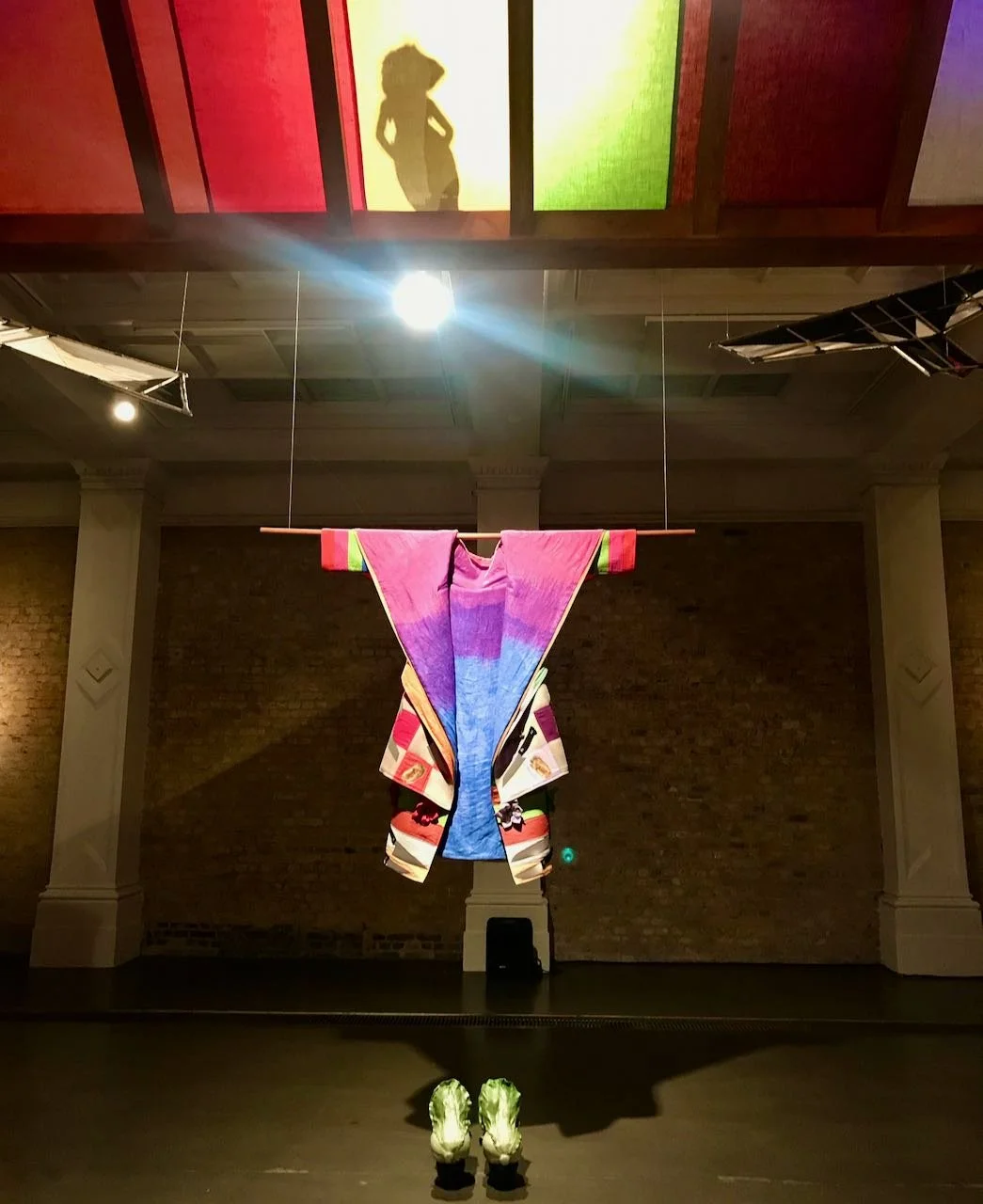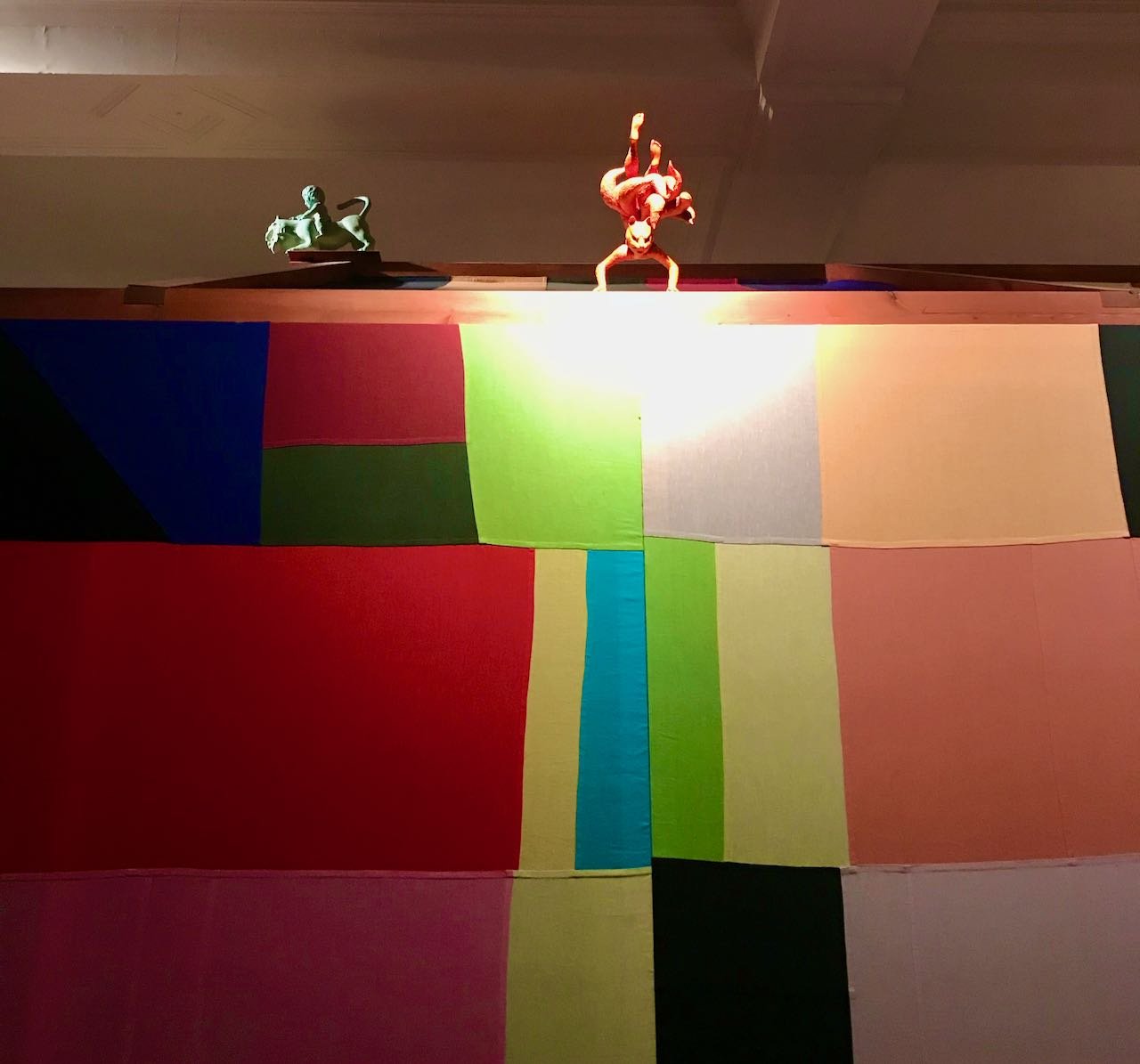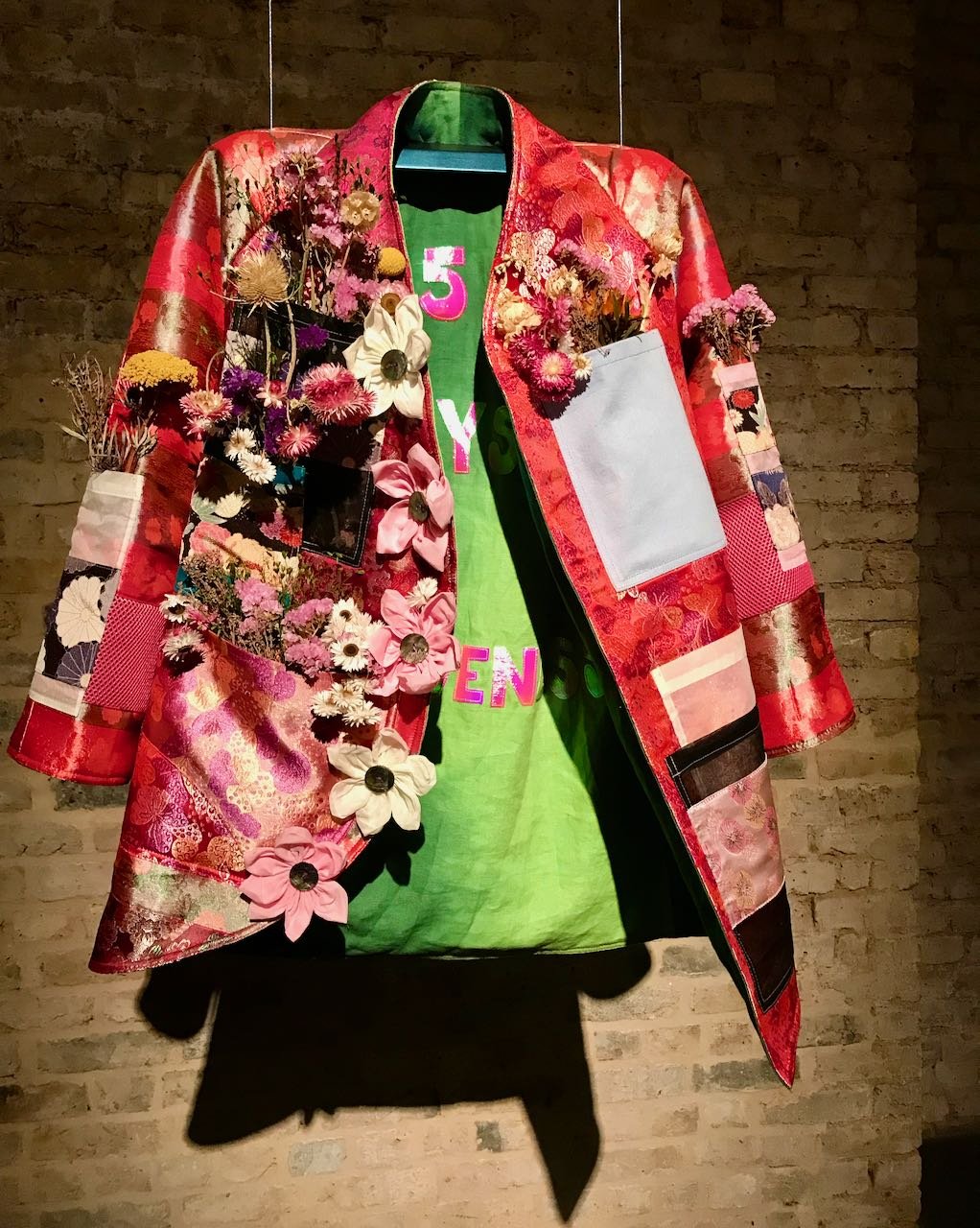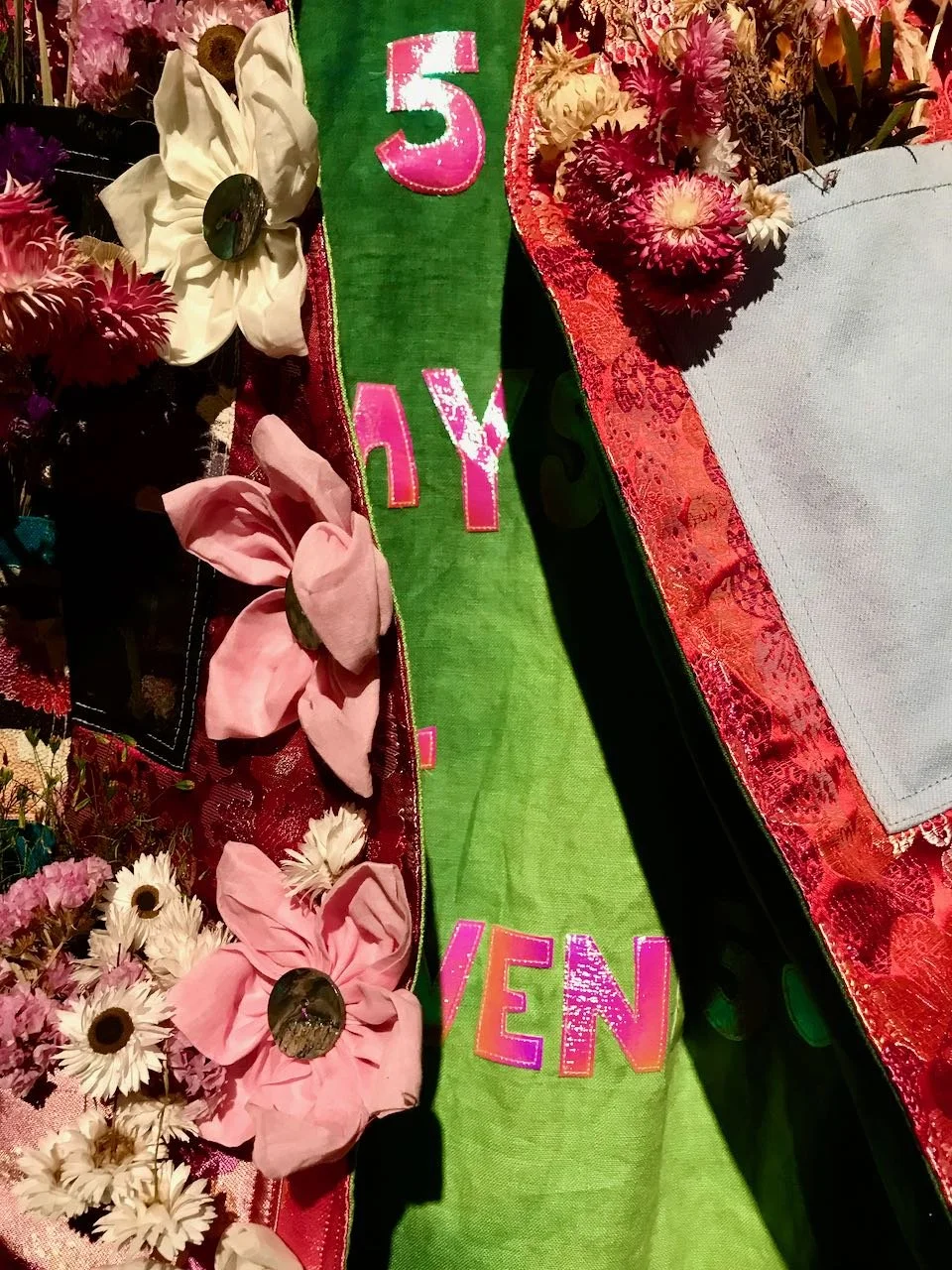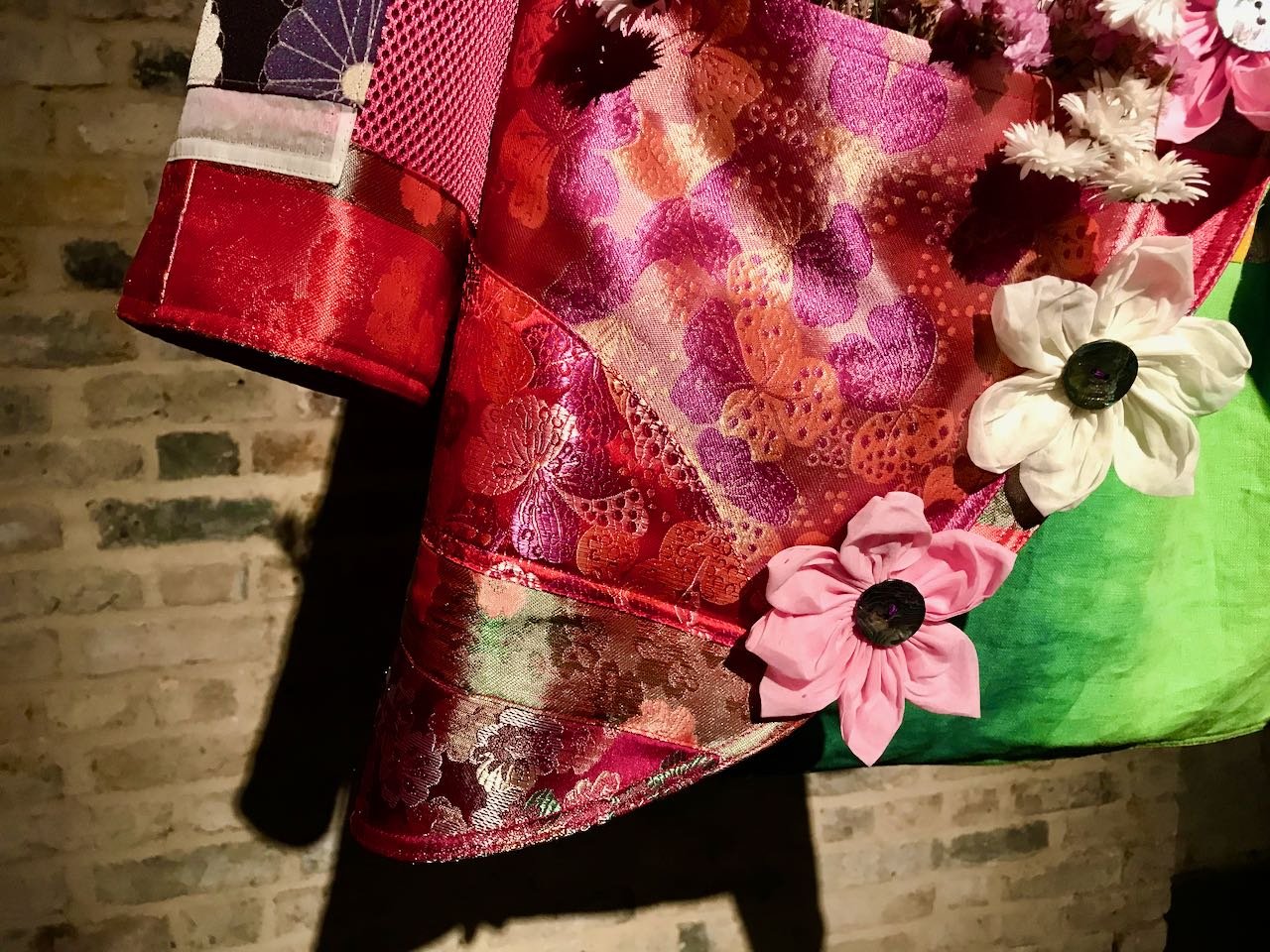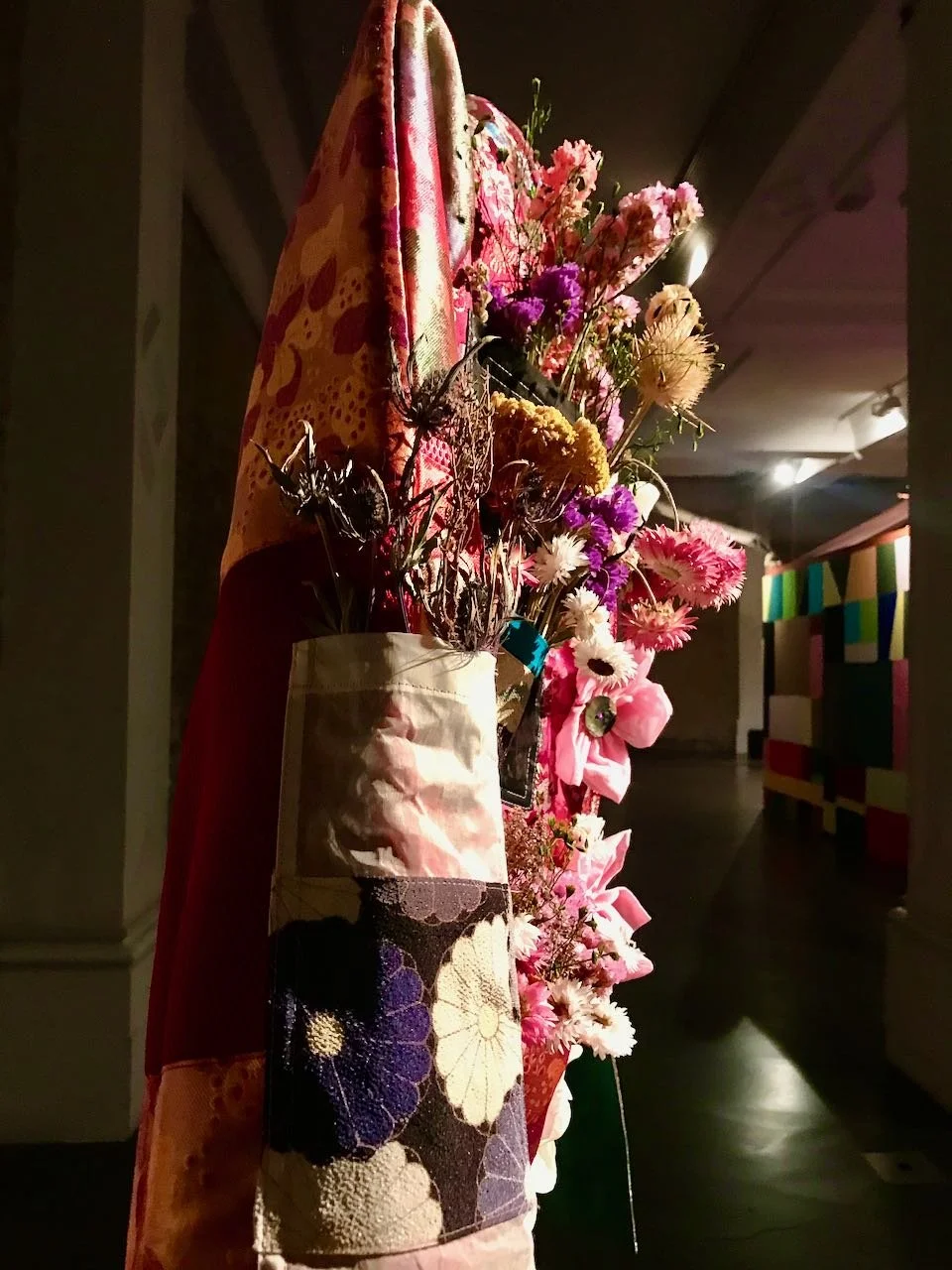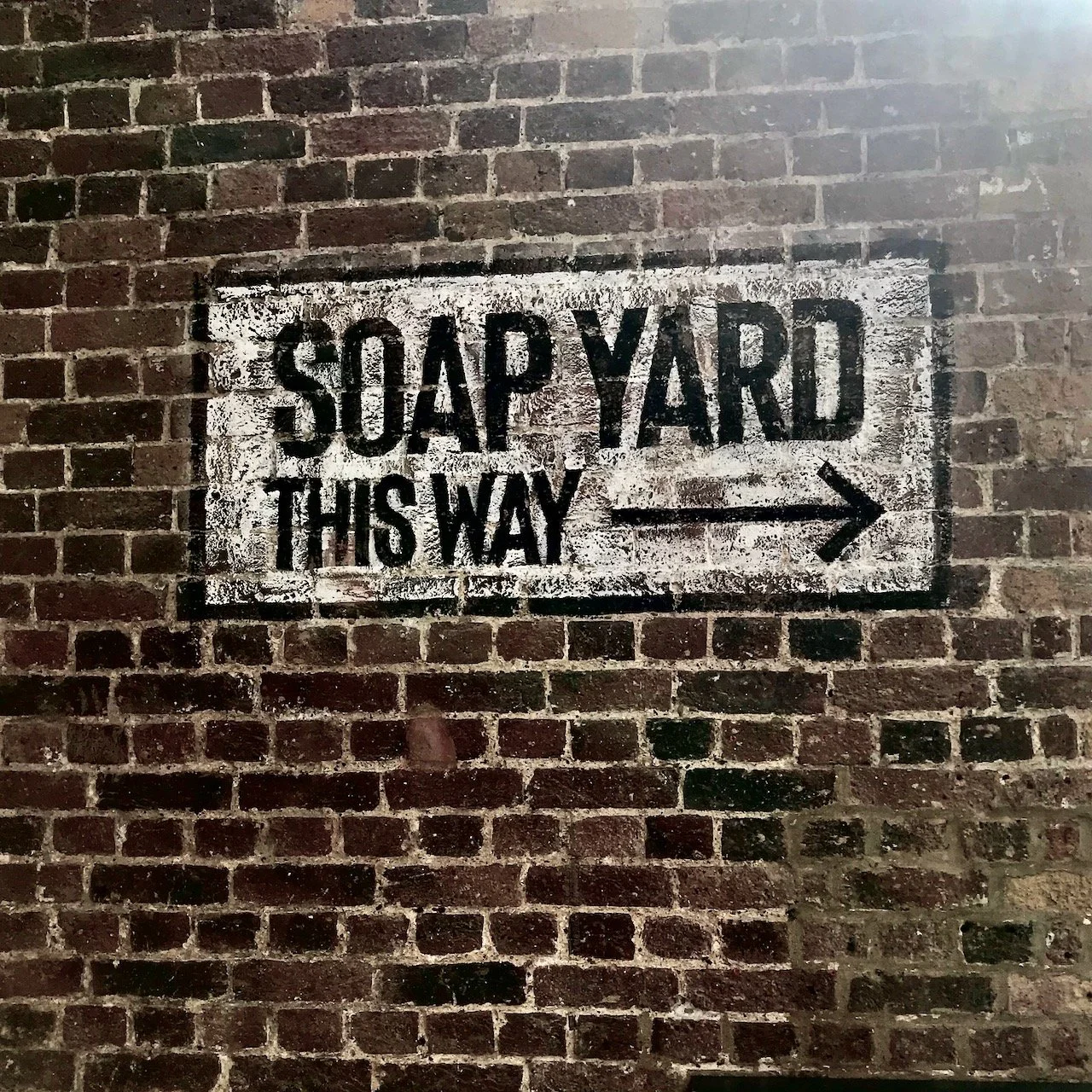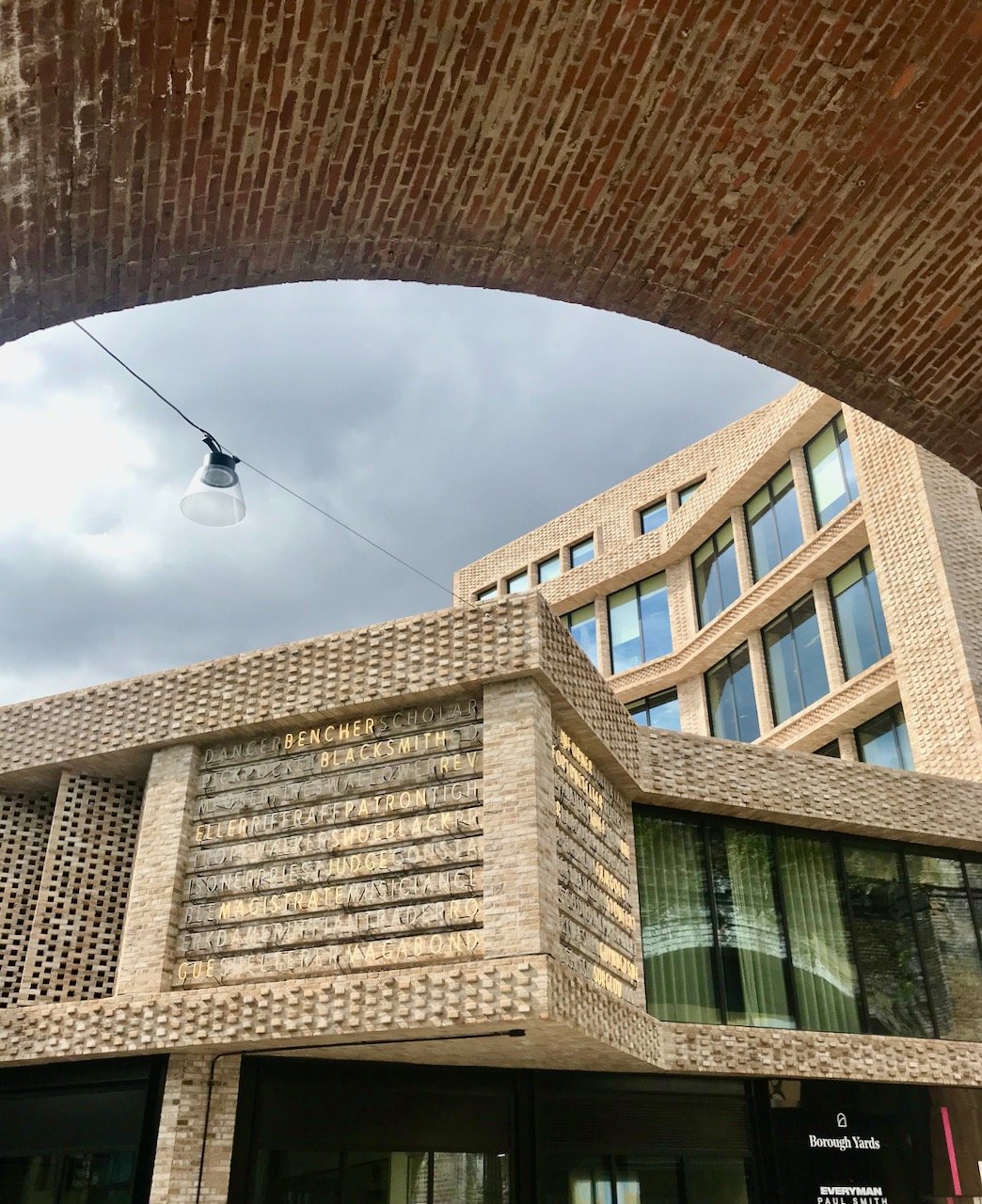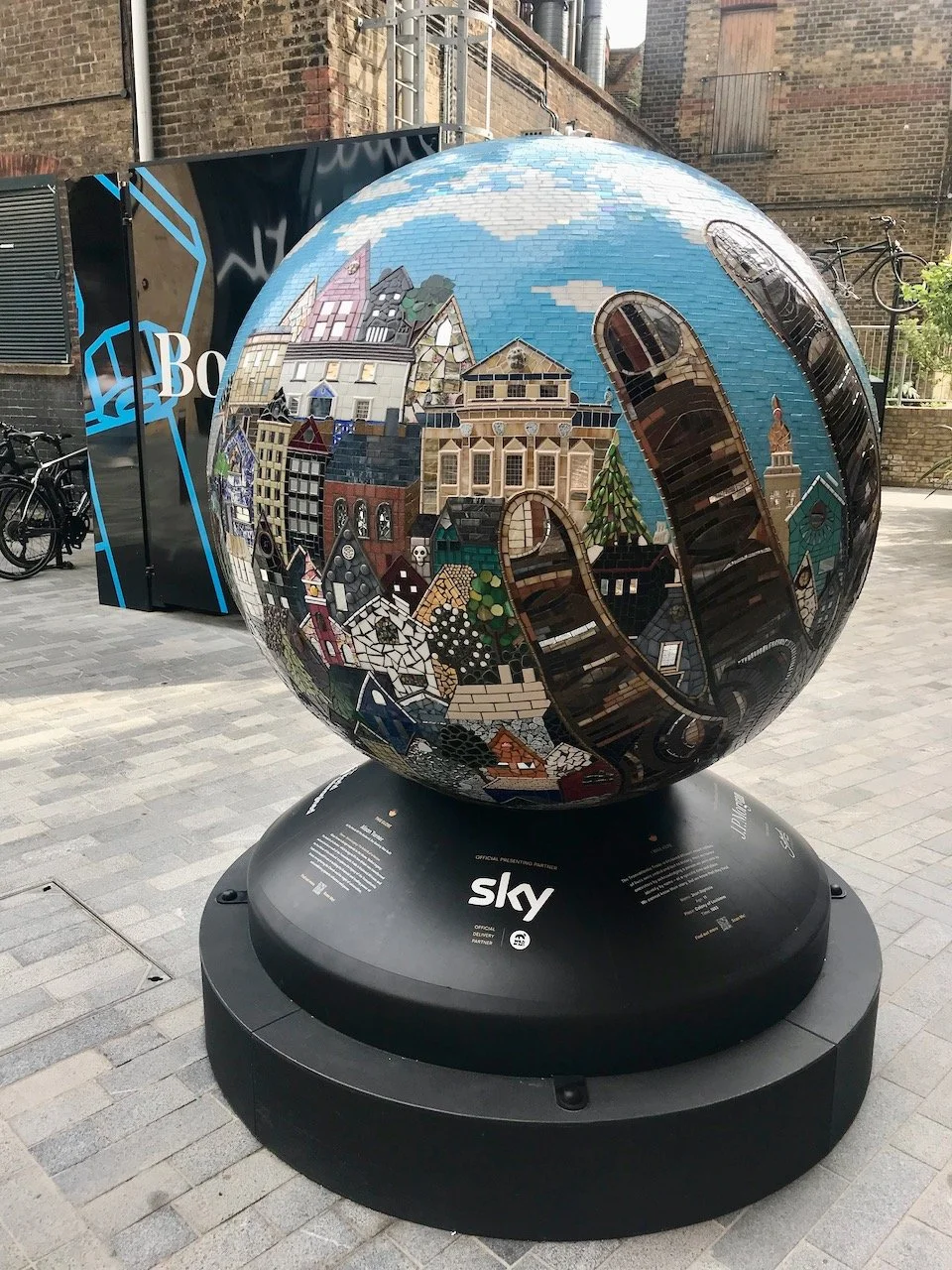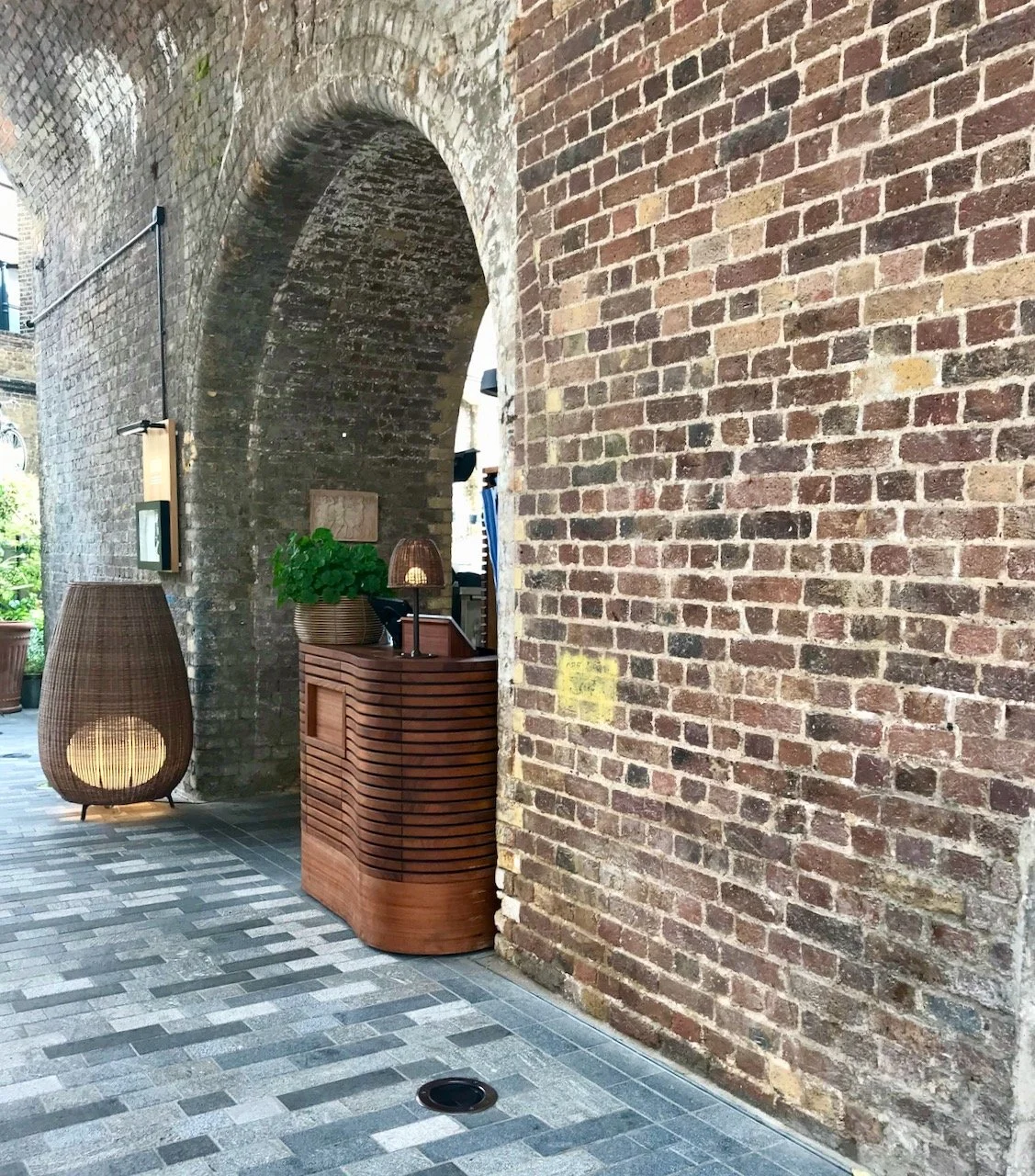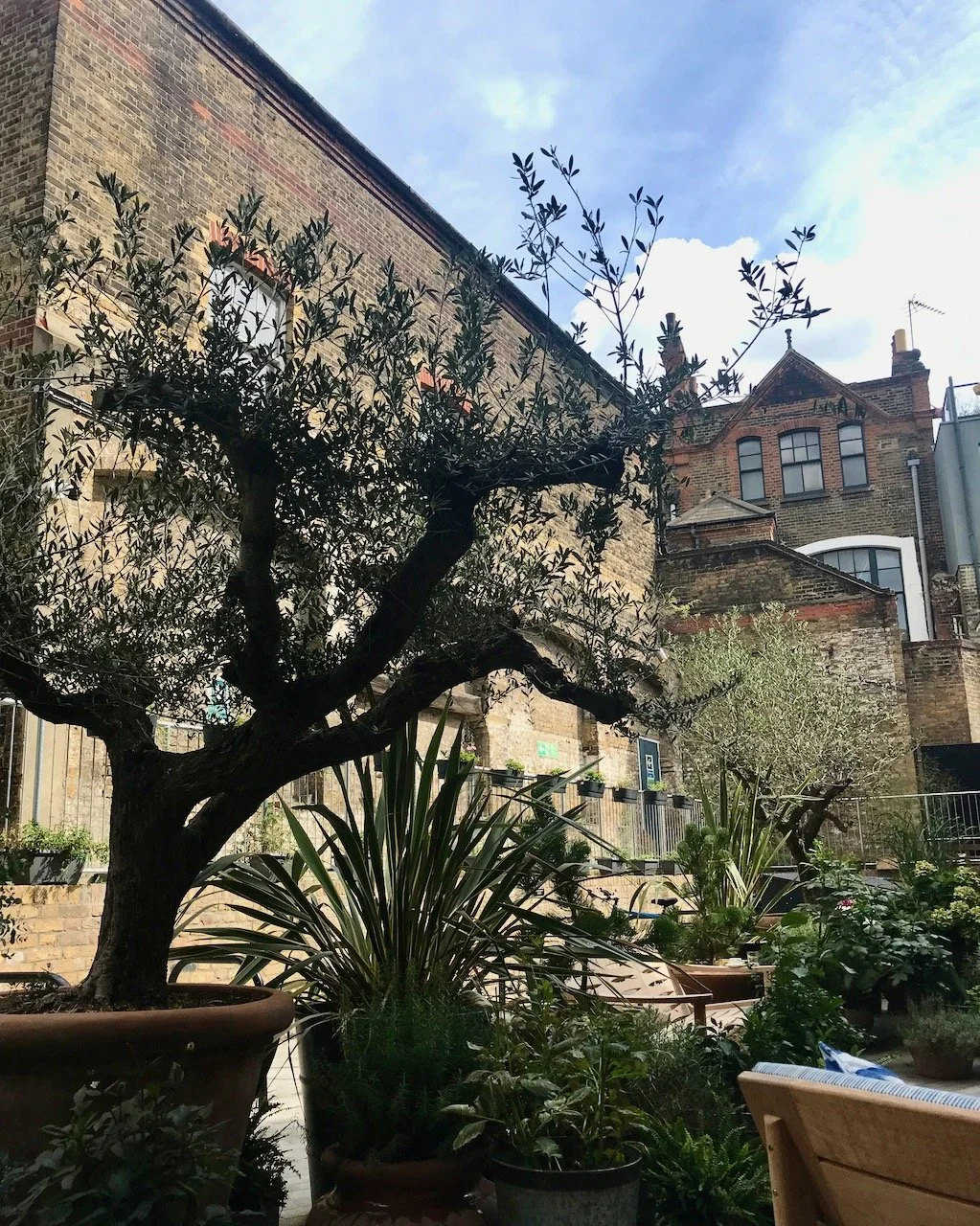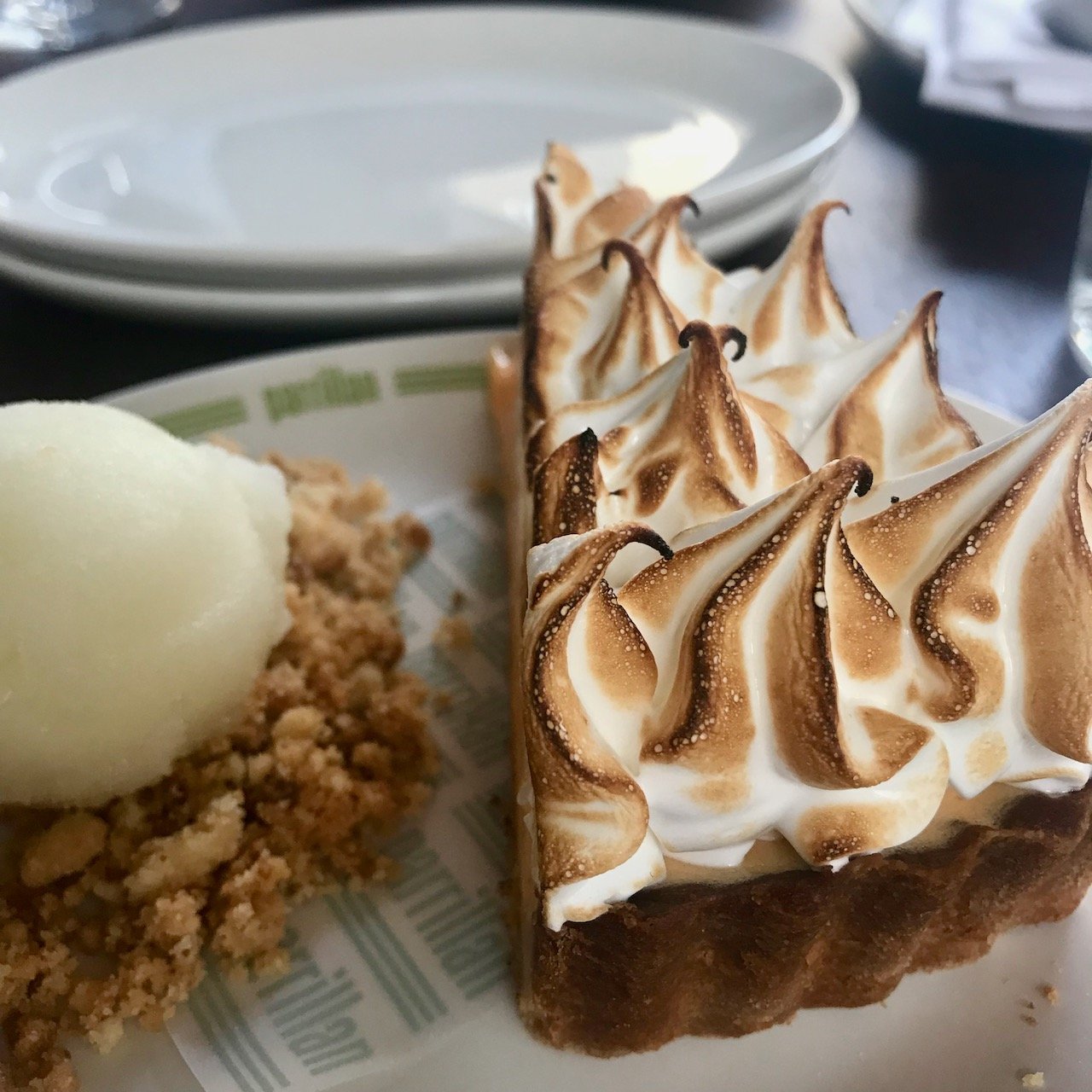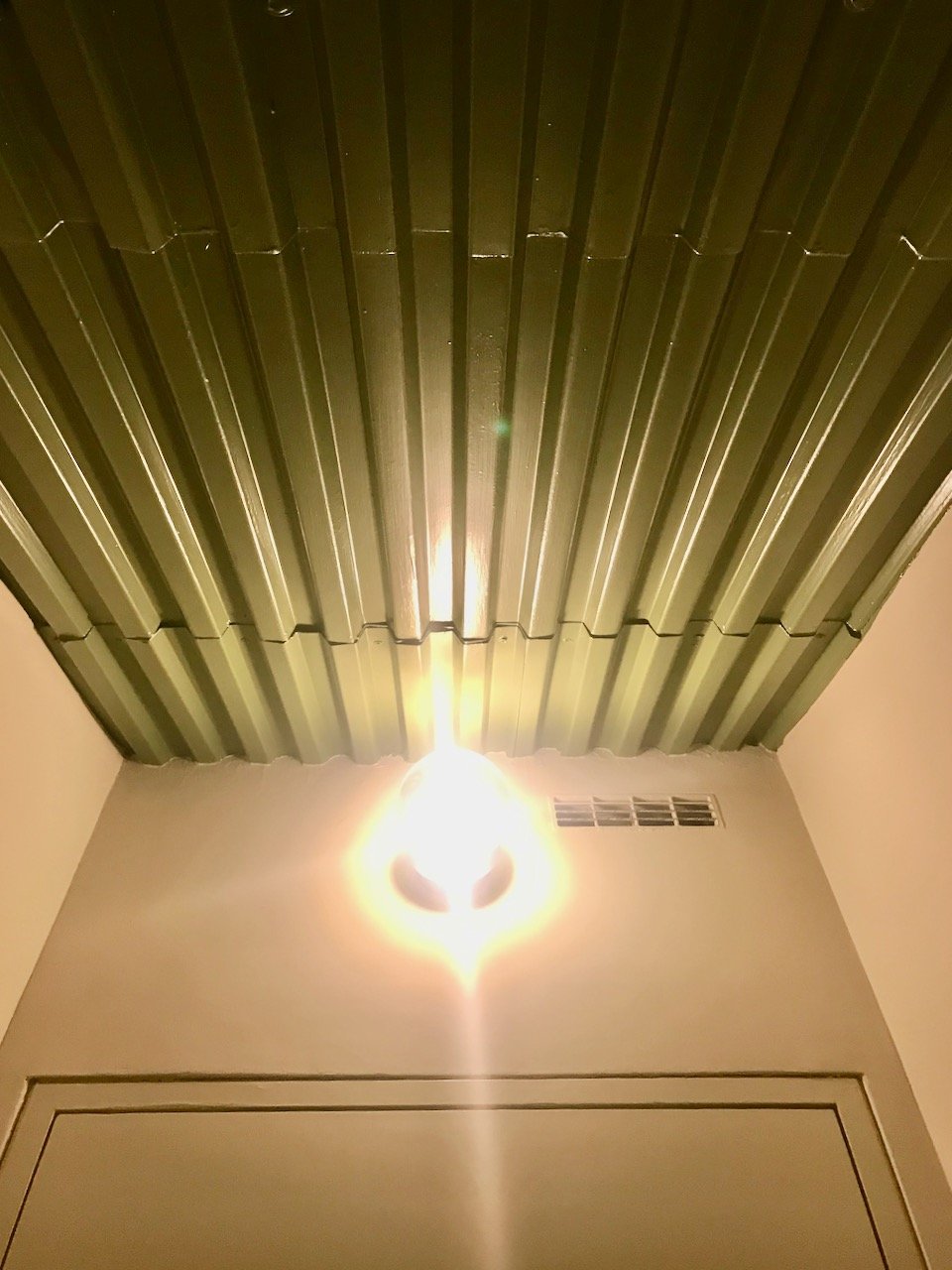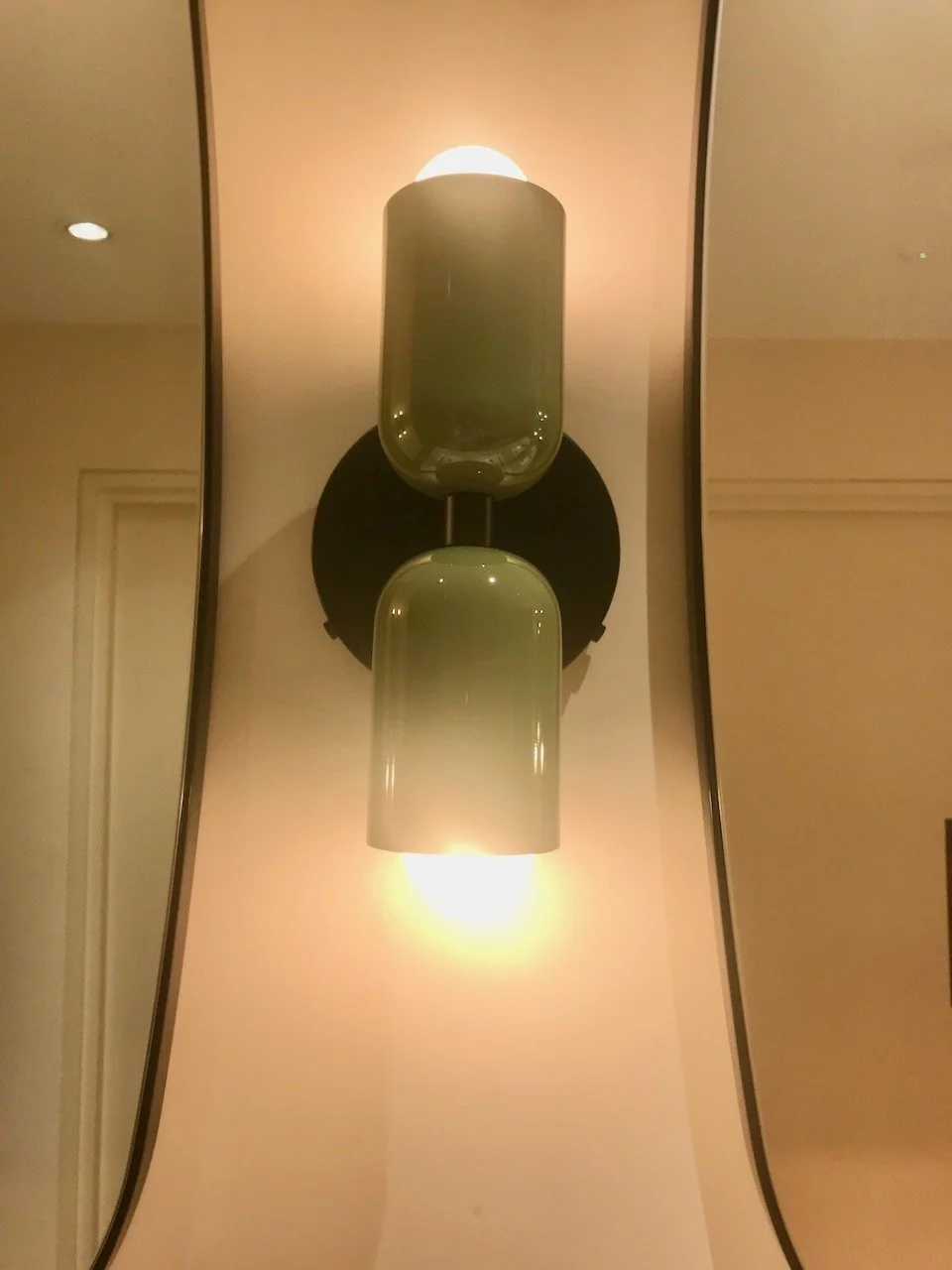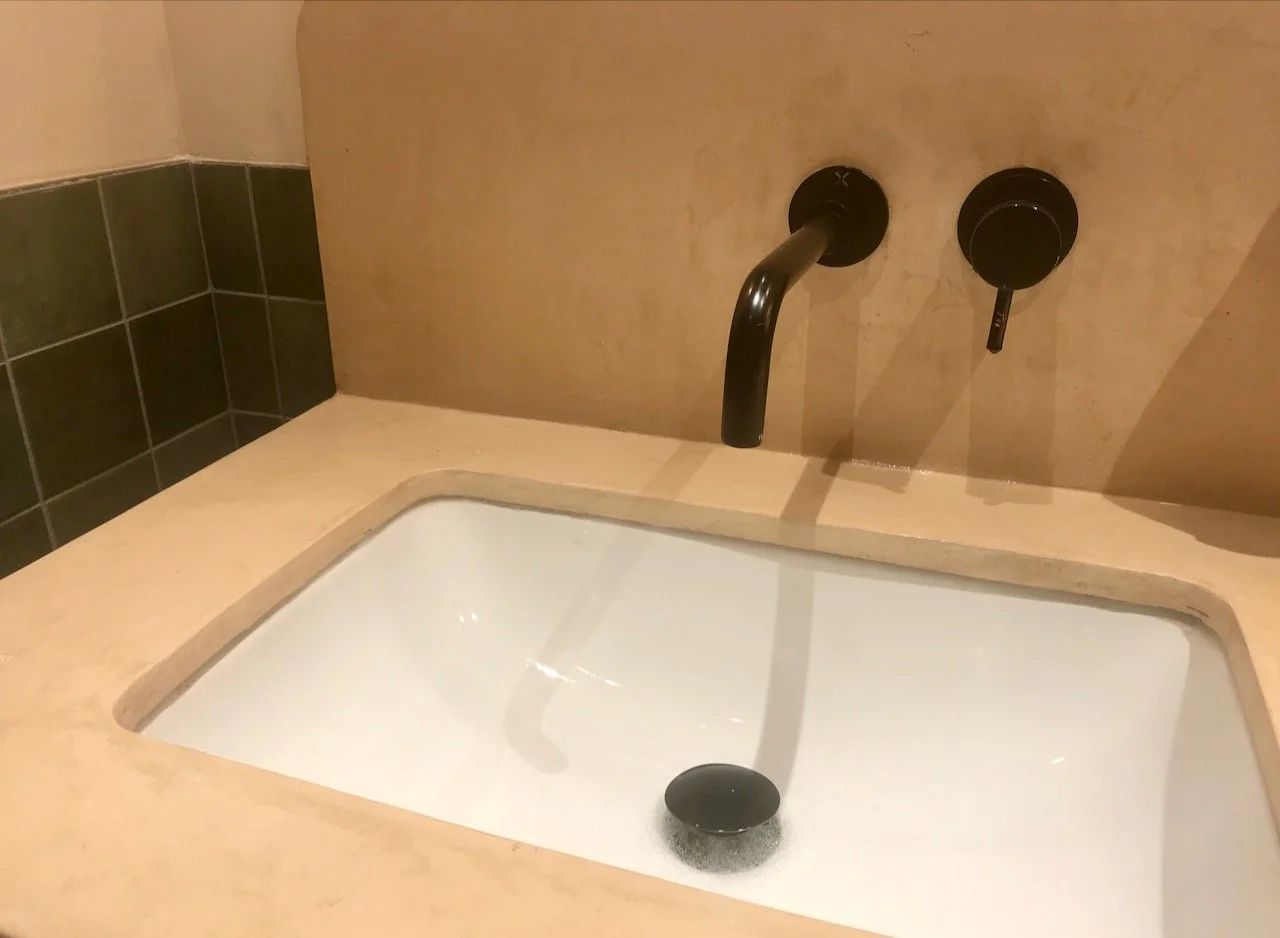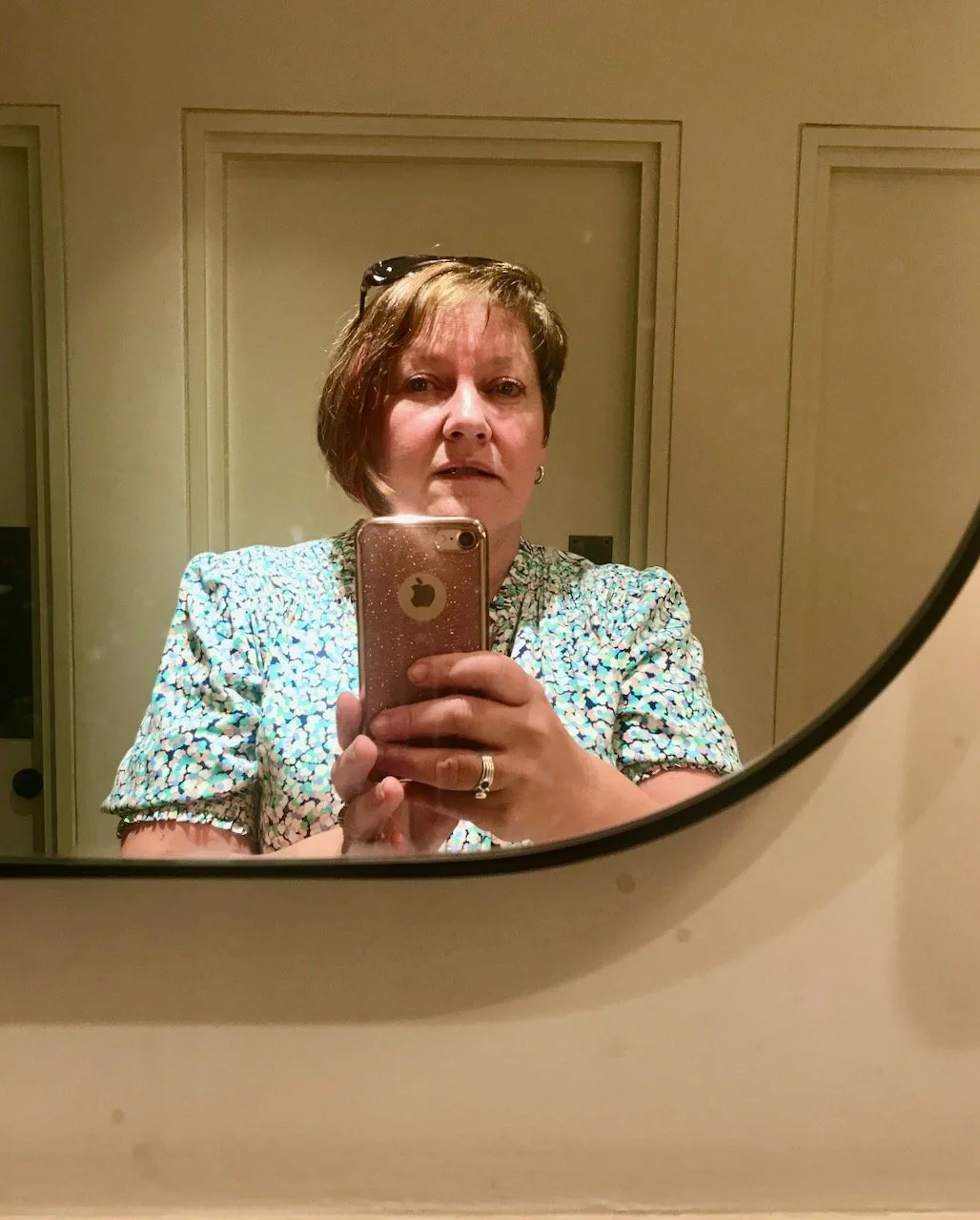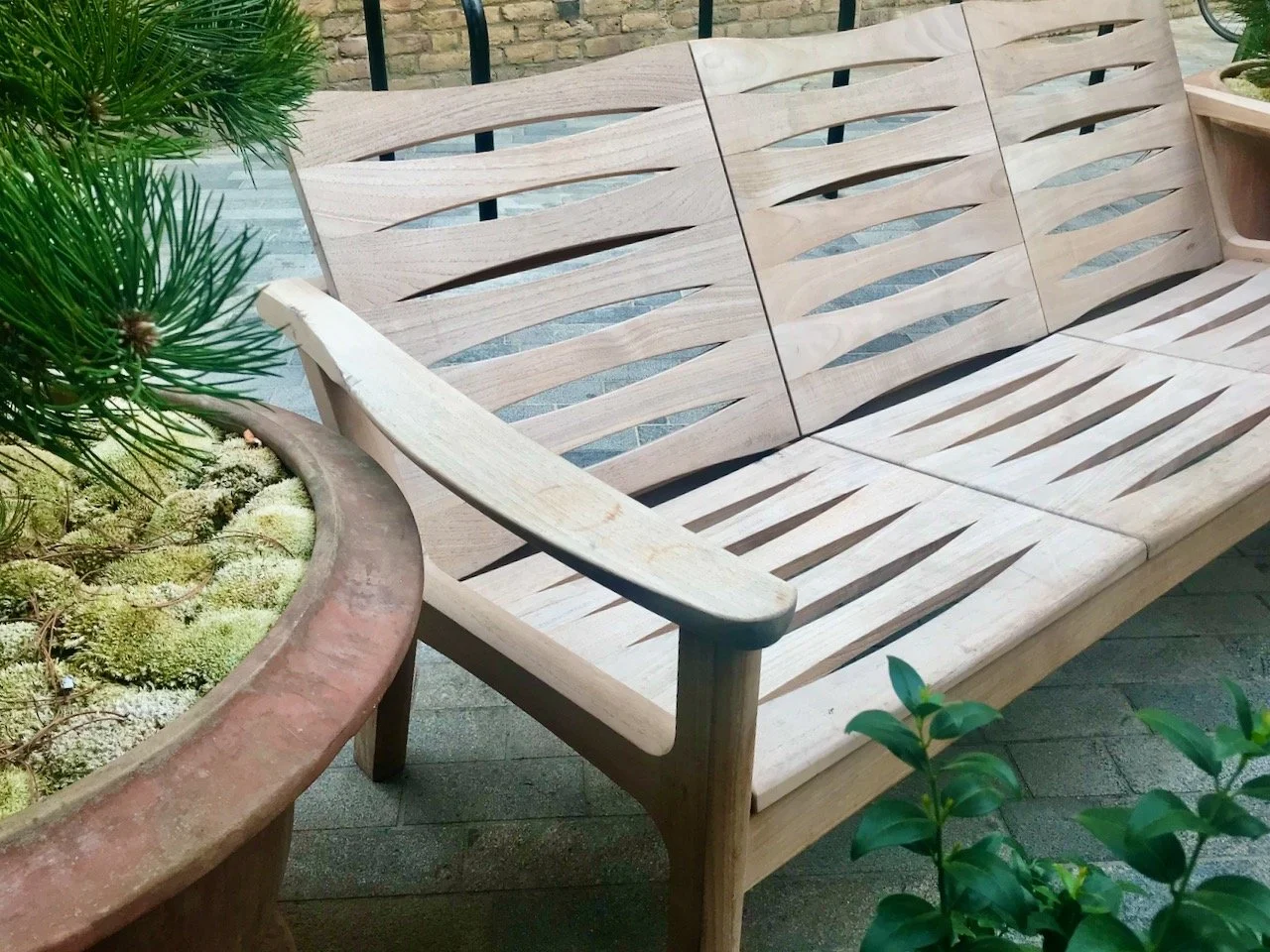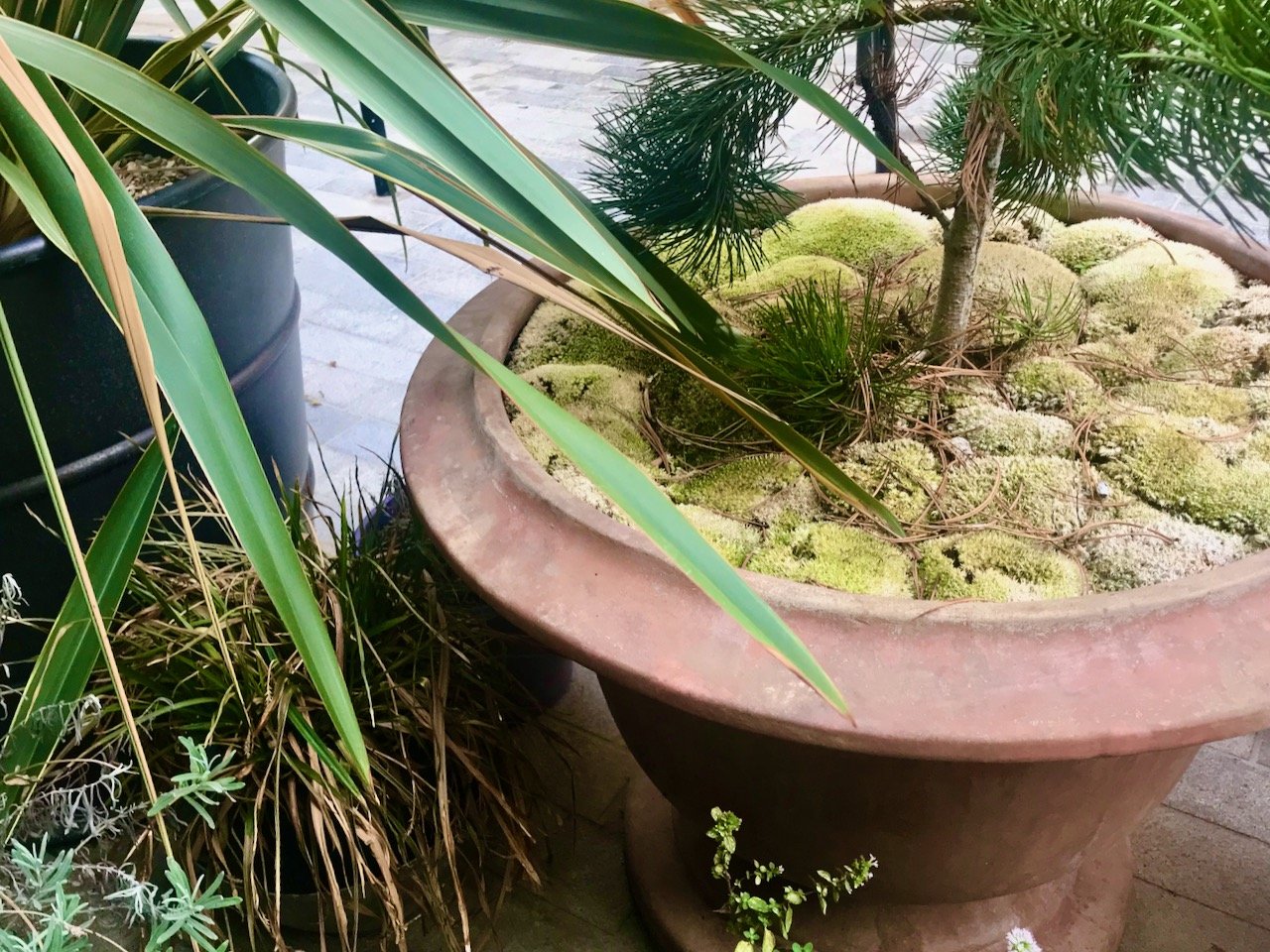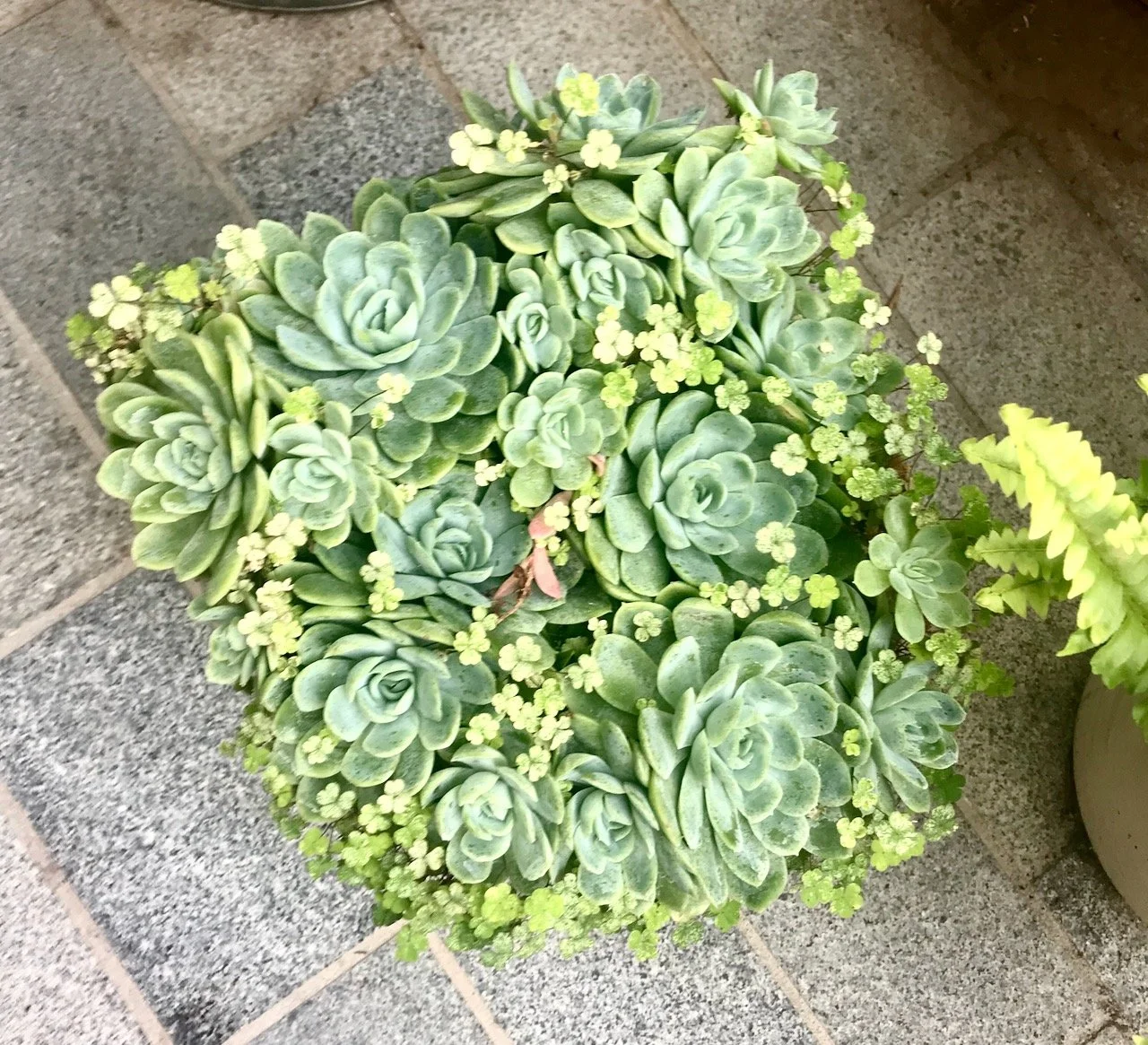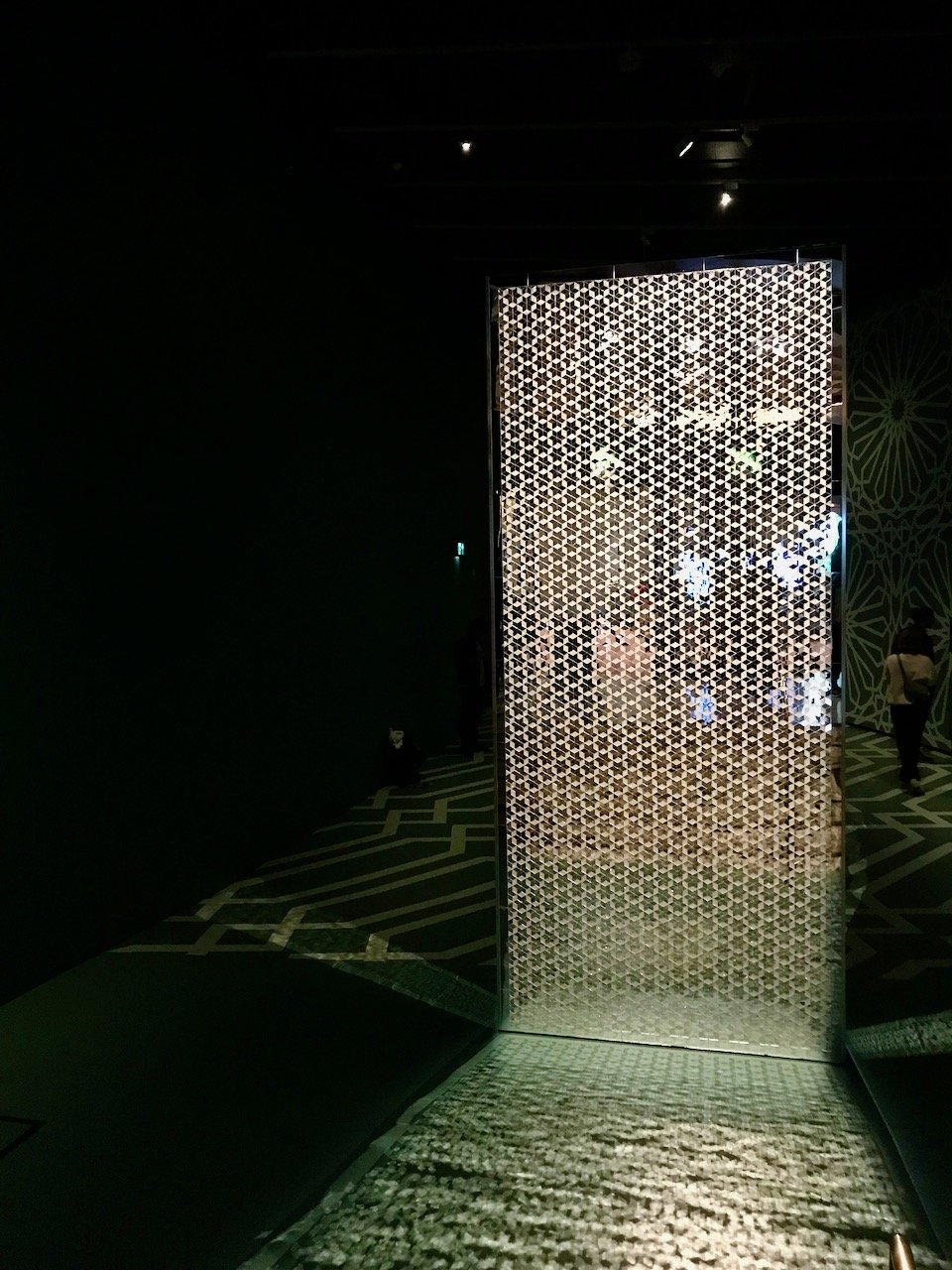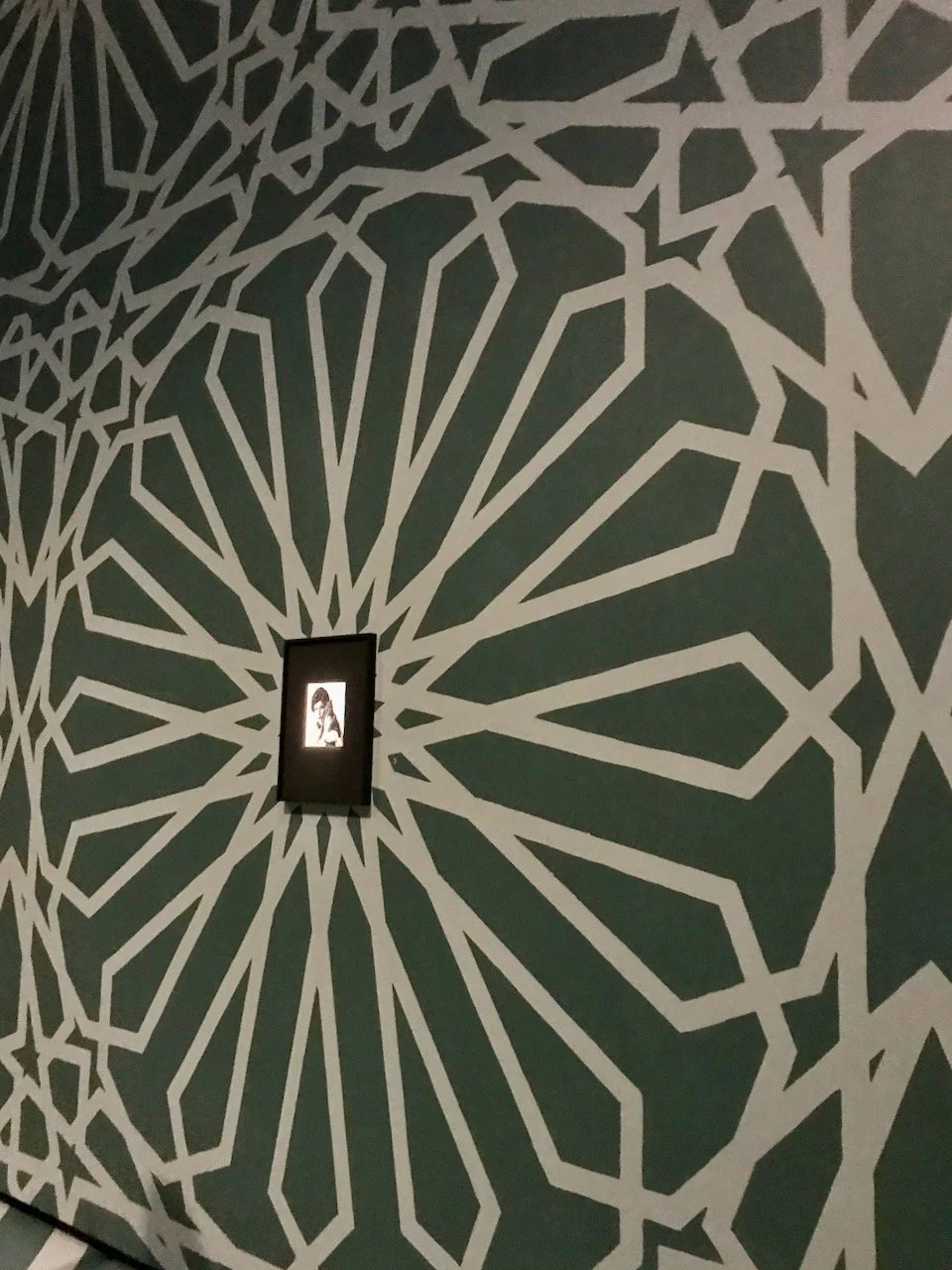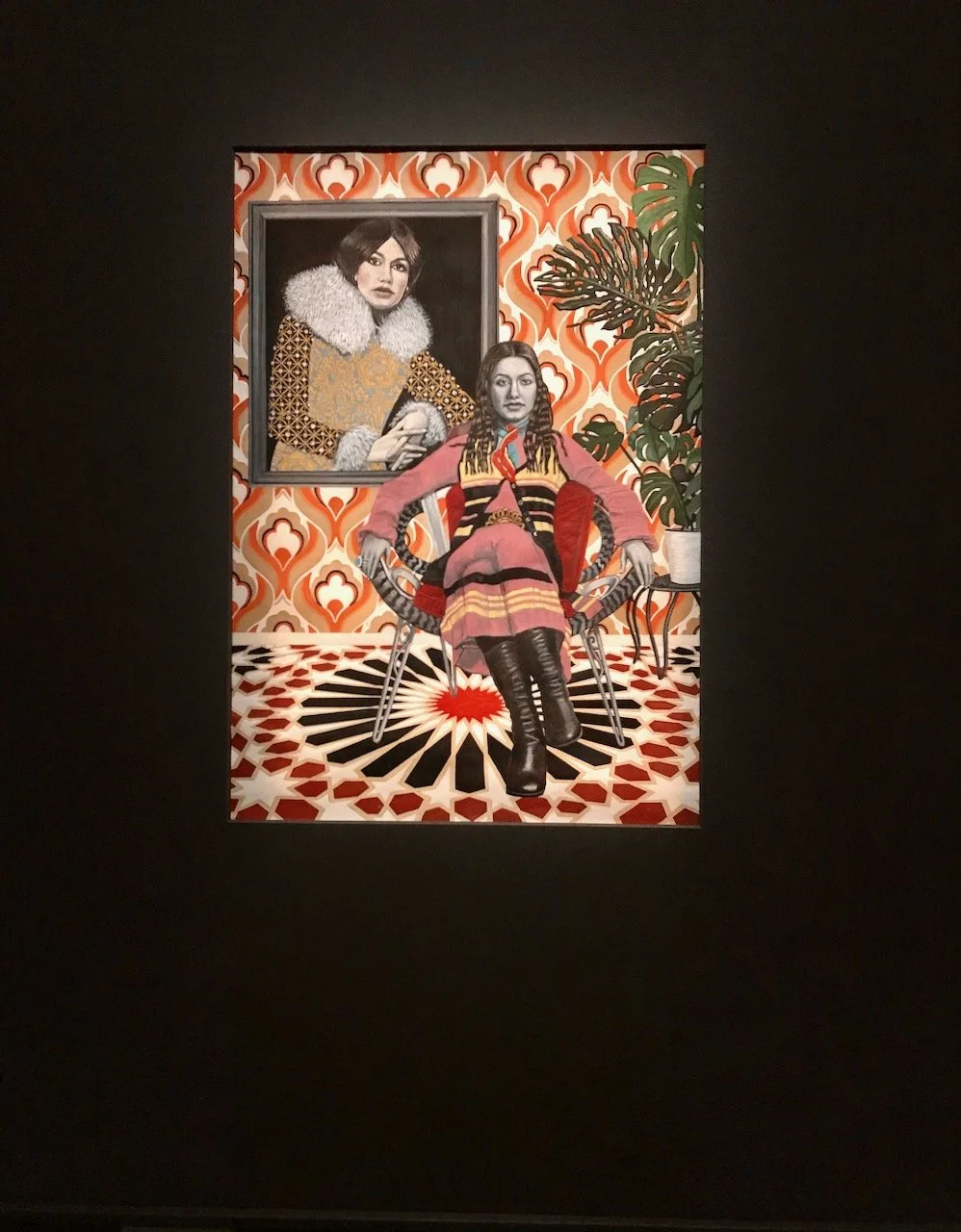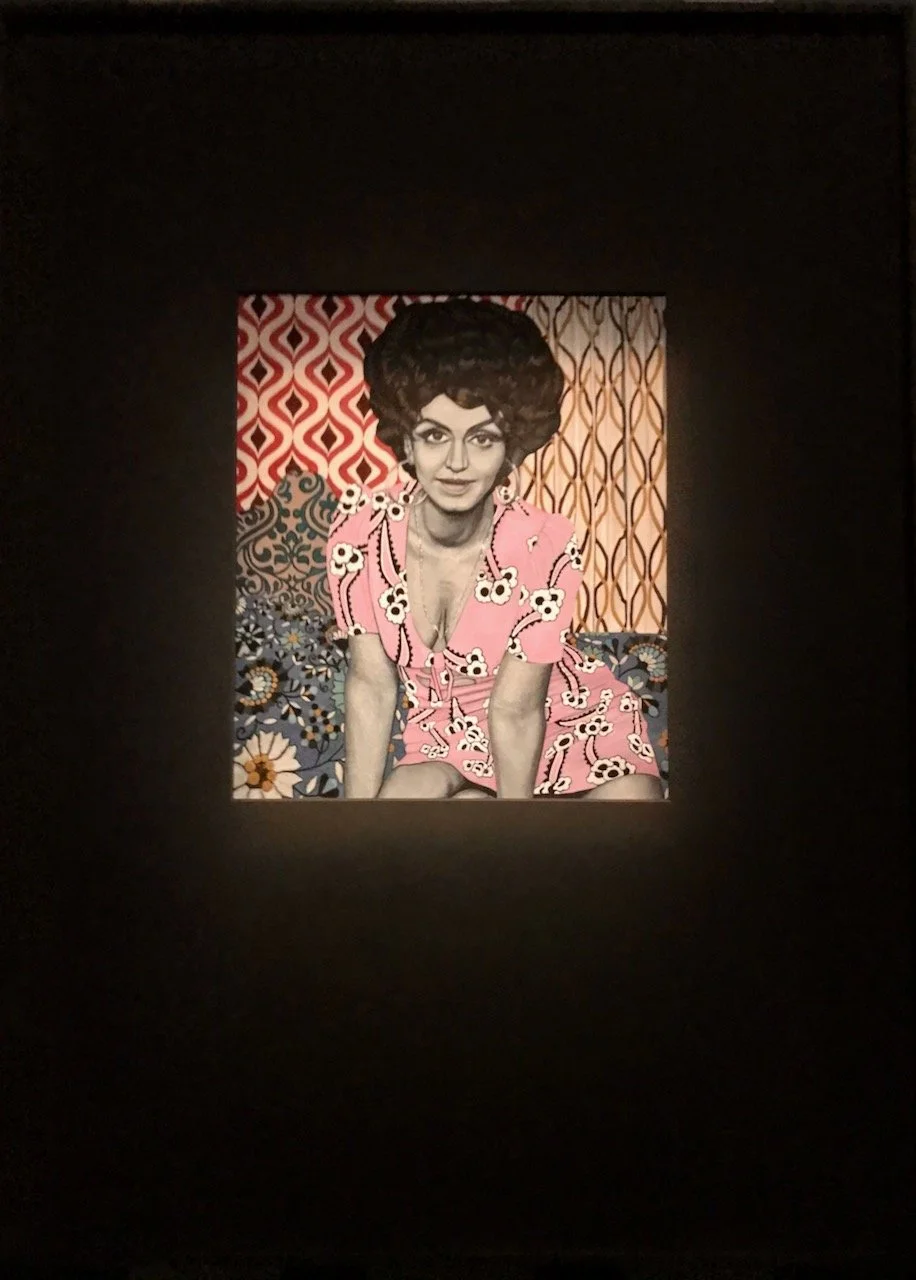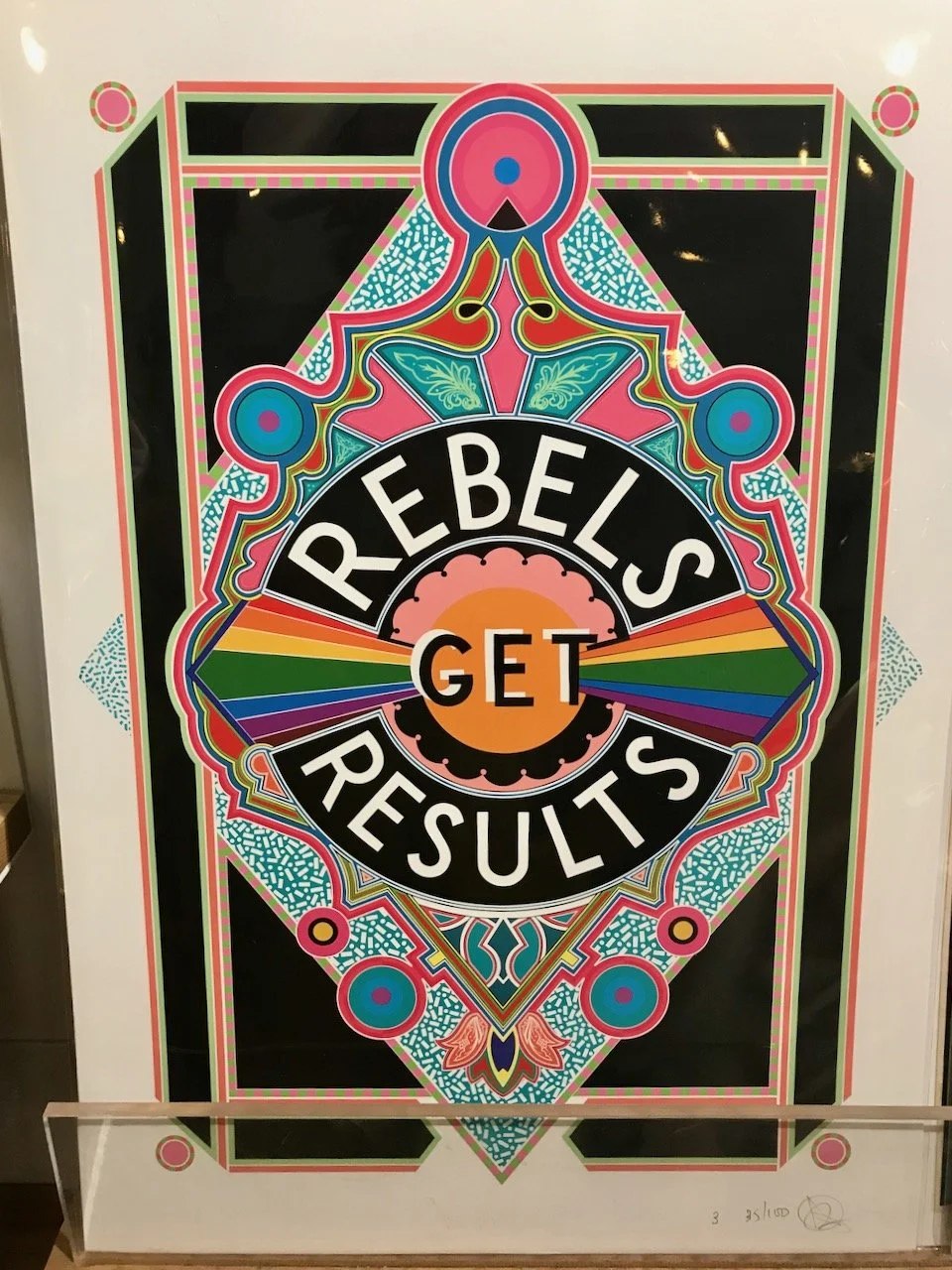At the end of last week, after a particularly wet and grey week we decided to break from the norm and make the most of the lighter evening following the clock change. The week hadn’t brought the bright Spring days we were hoping for, and getting out and staying dry was a challenge. However we were not to be fazed, with MOH on the early shift our plan was to head for a museum or gallery - increasing our odds of staying dry - before heading out for dinner.
Some quick online research showed that the Whitechapel Gallery was our best bet. It was open later than most, was relatively easy to get to and neither of us had been there before. It’s set in a beautiful historic building right on Whitechapel High Street with all the hustle and bustle of daily life right on its doorstep, and no doubt an integral part of its community.
We started at the top at one of the free exhibitions - the House of Le Bas (which is on until 31 May) which shares the life and experiences of Delaine Le Bas and her late husband Damian Le Bas and their perspective as English Romani Gypsy Travellers. The room is full of colour with artwork, journals, photographs and embroidery with stories that resist stereotypes and question what it means to be an ‘outsider’.
There was just so much to see, it’s one of those exhibitions that while only in a relatively small space you could visit more than once, and each time see something new or different. I was taken with the amount of work that had clearly gone into each piece, and as you can see from my photos, they’re all incredibly detailed. I appear to be drawn to things with this amount of detail at the moment, and to items that have layers and depth - the whole creation process is fascinating to me, and these pieces were no different.
Thought provoked we made our way back down to the ground floor peeking into the other galleries and spaces, admiring the building as much as the artwork before heading into Zadie Xa’s exhibition titled: House Gods, Animal Guides and Five Ways 2 Forgiveness which closes on 30 April. It’s the largest solo exhibition in London to date for Korean-Canadian artist Zadie Xa and shows a new body of work commissioned by the gallery.
The installation with its sculptures, textiles and paintings along with the immersive lighting and audio are certainly impactful, and once again full of colour and texture. The exhibition’s design, in conjunction with collaborator artist Benito Mayor Vellejo, draws you in and around the space leading you to the large fabric structure inspired by a tranditional Korean home, known as a hanok.
The colours were rich and evocative, transporting you to a different world to the one that was most likely rushing past just a few metres away. And while these were amazing, my favourite piece from our visit was yet to come.
Now isn’t that just amazing?
I believe this piece as Grandmothers (2022) which alongside was the details: hand-sewn and machine-stitched mixed fabrics, bleached and dyed denim, shell buttons and dried flowers. So once again I’ve been drawn to a piece which mixes and matches to great effect and layers textures and materials. I wasn’t surprised that this was the wow piece for me, even though everything I’ve shown in this post was pretty special.
So a late afternoon-early evening well spent, visiting a gallery we’d not been to before and experiencing artists we’d not known about before our visit either. We were also lucky enough not to get rained on and treated ourselves to a steak at the Flat Iron in relatively nearby Spitalfields, which also didn’t disappoint.
All in all a hugely successful impromptu visit, and I’m hoping we’ll have many more of these as the year progresses, wherever we may be!

